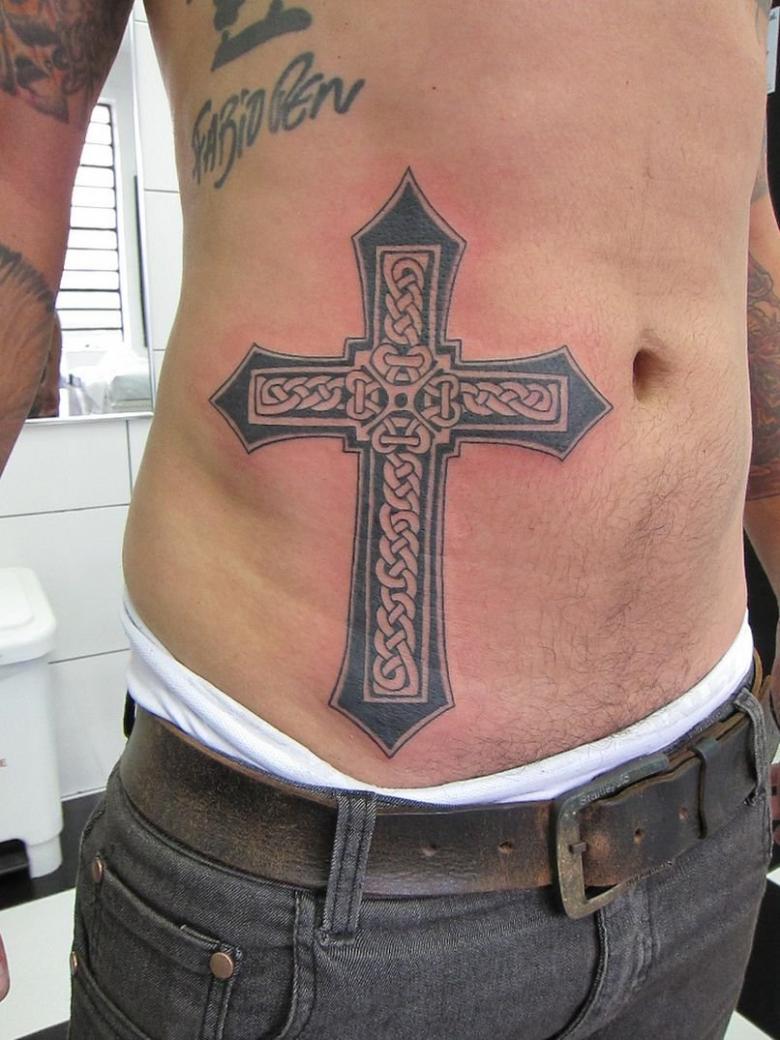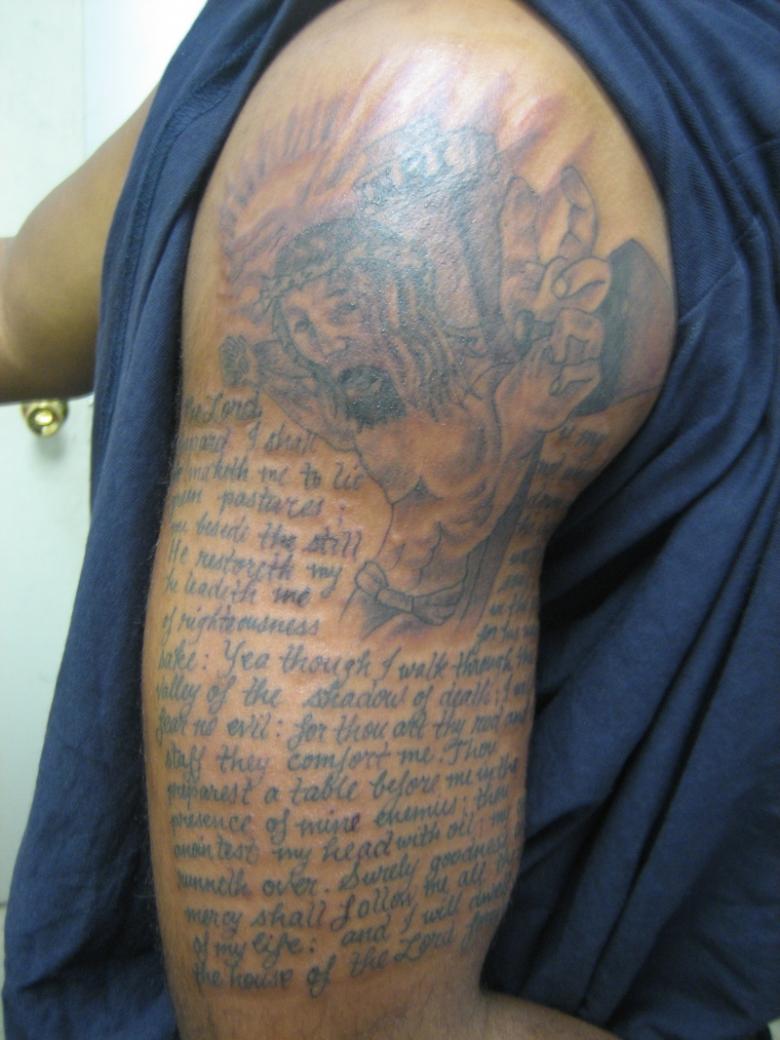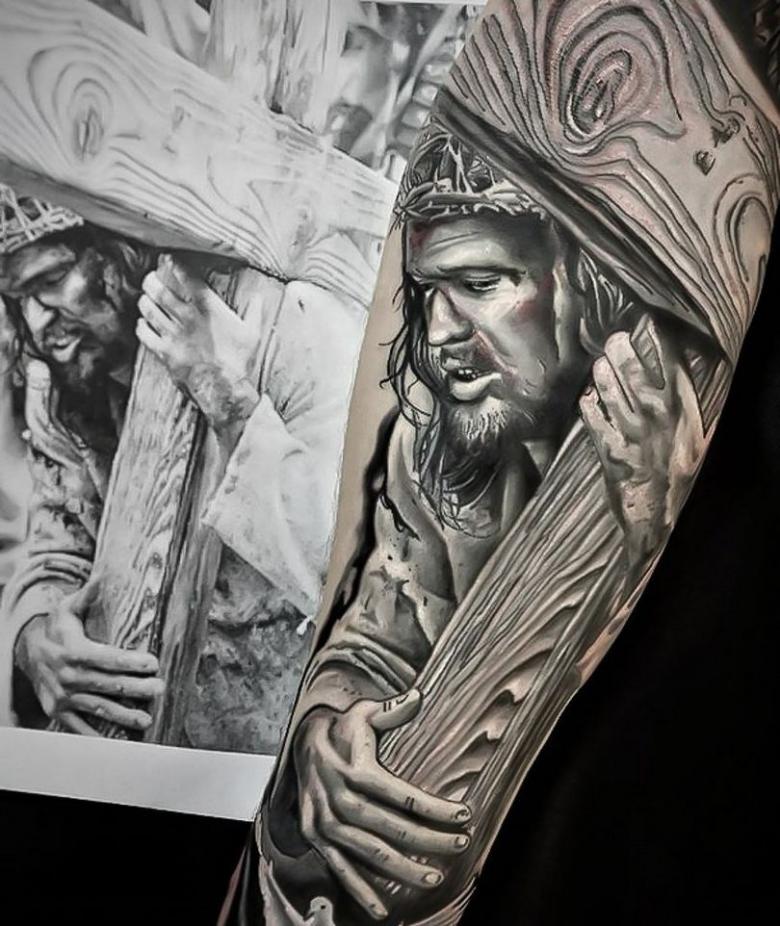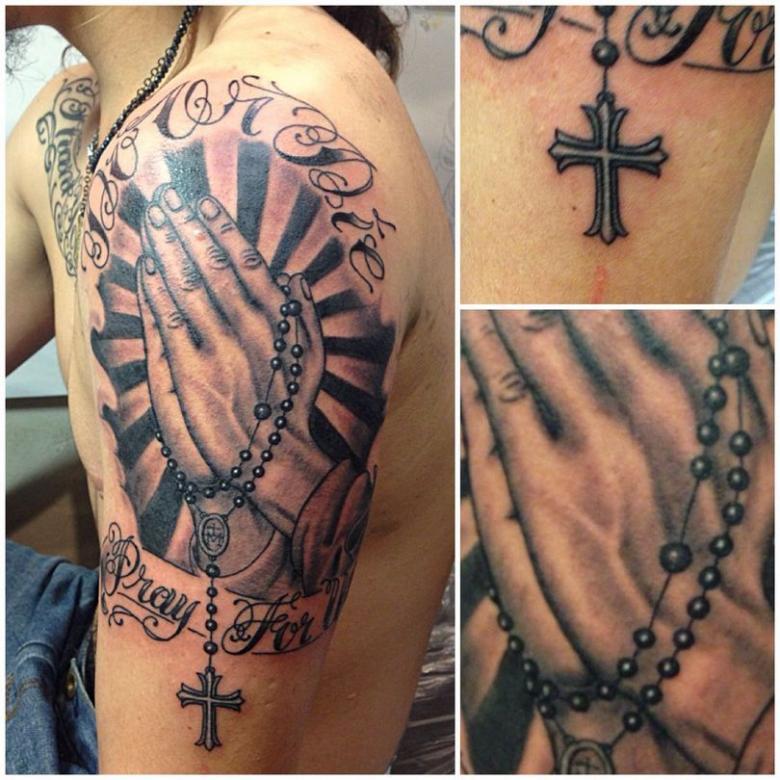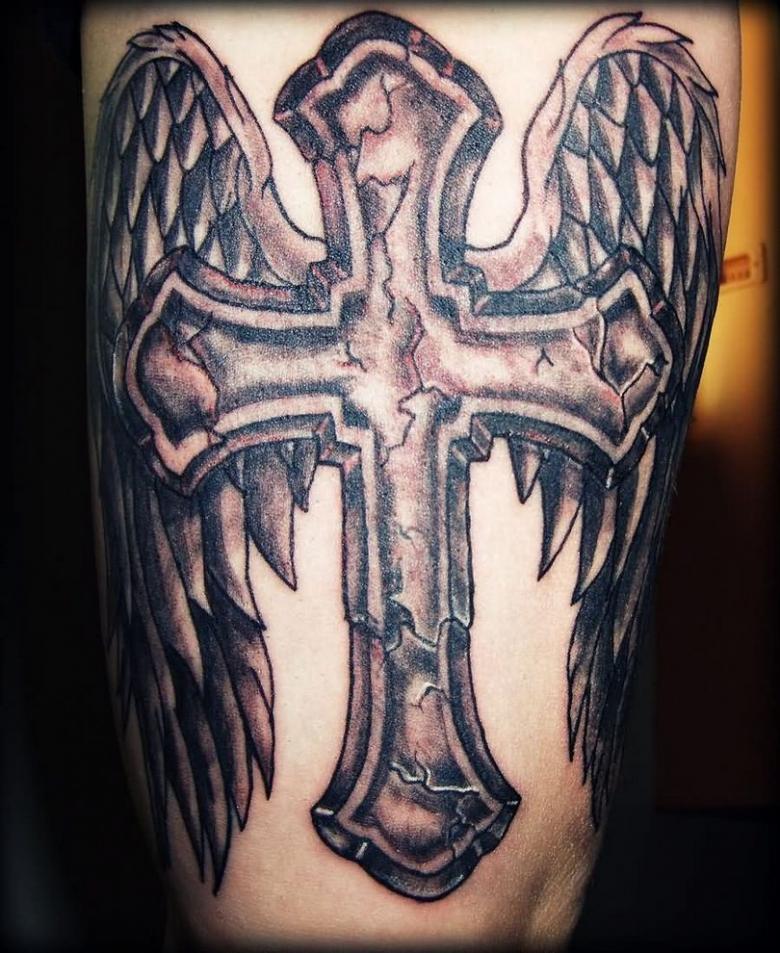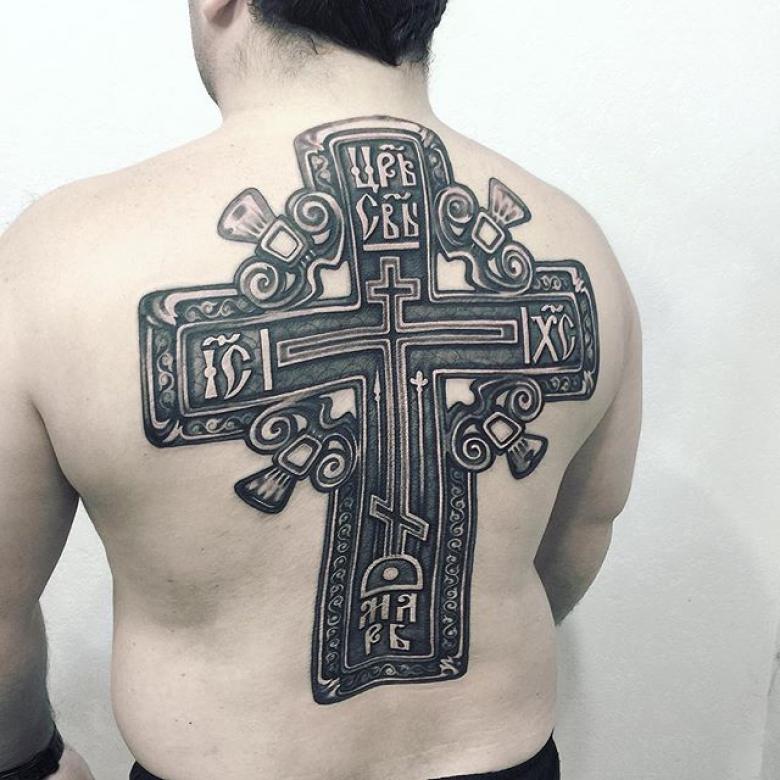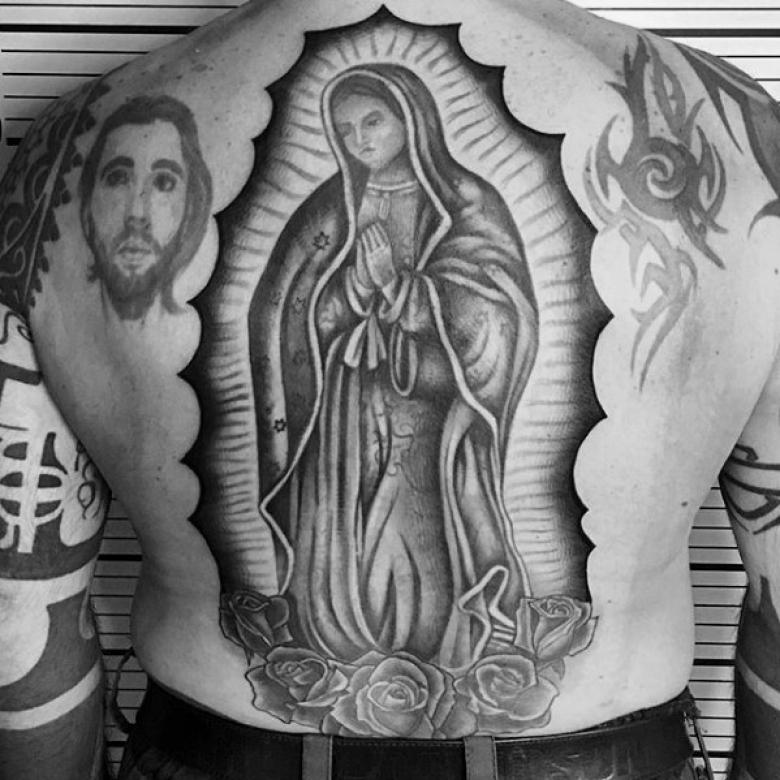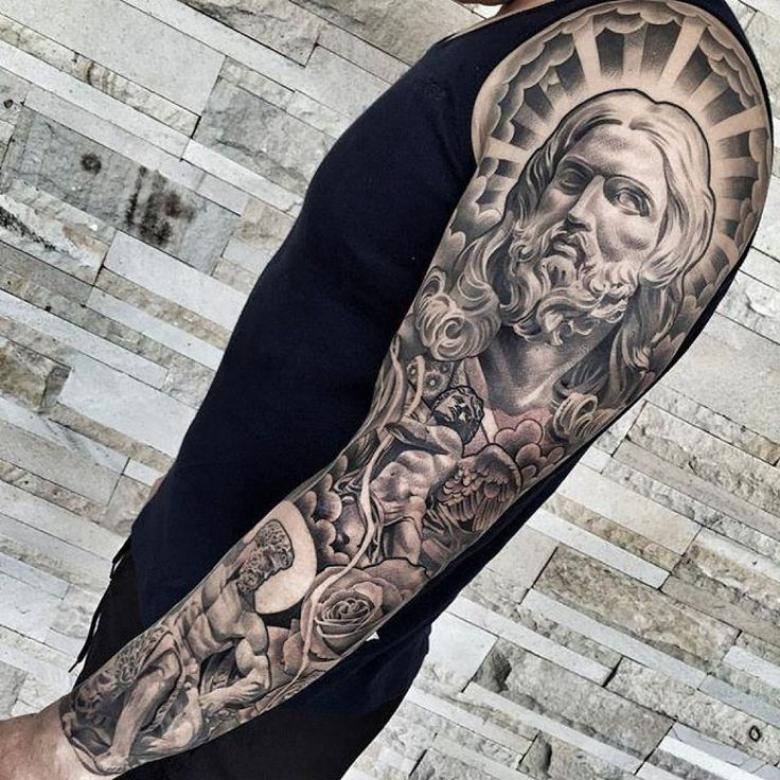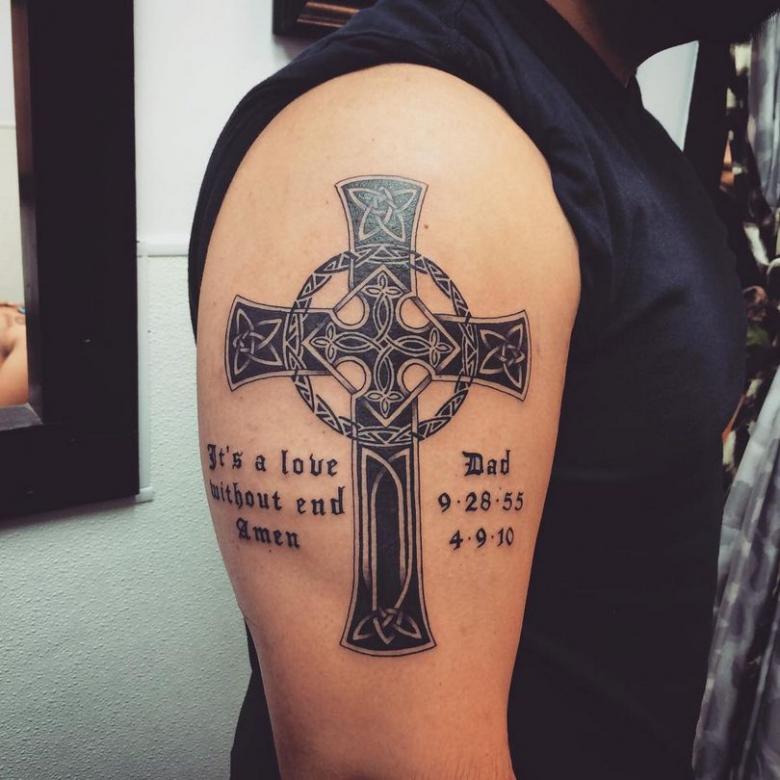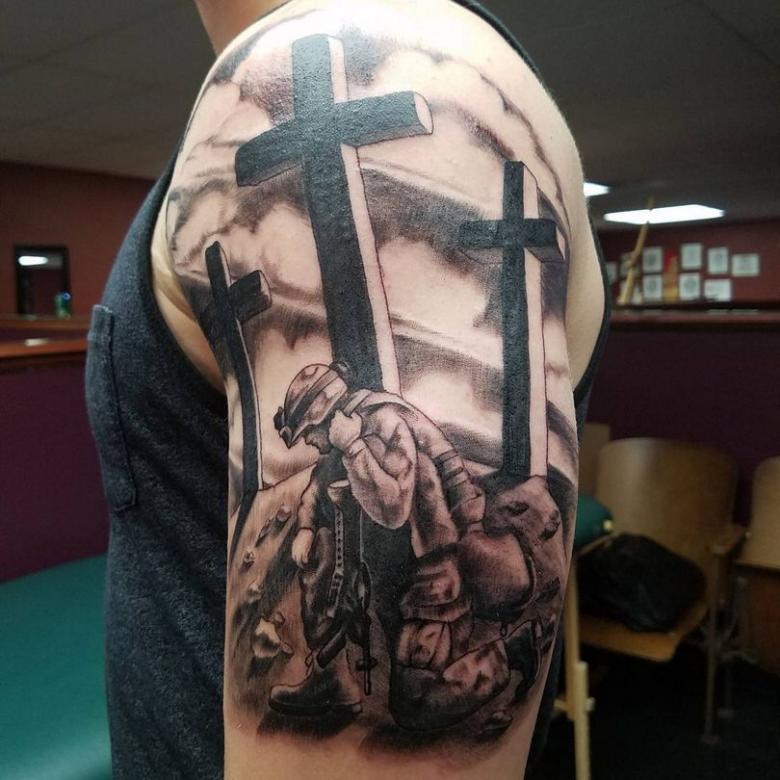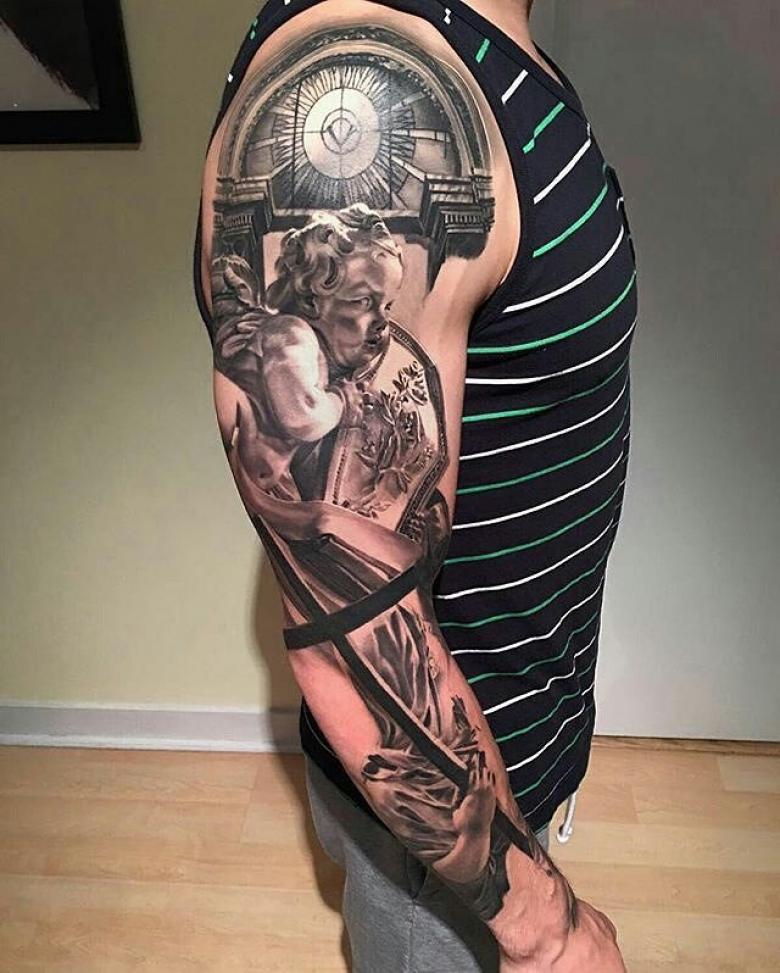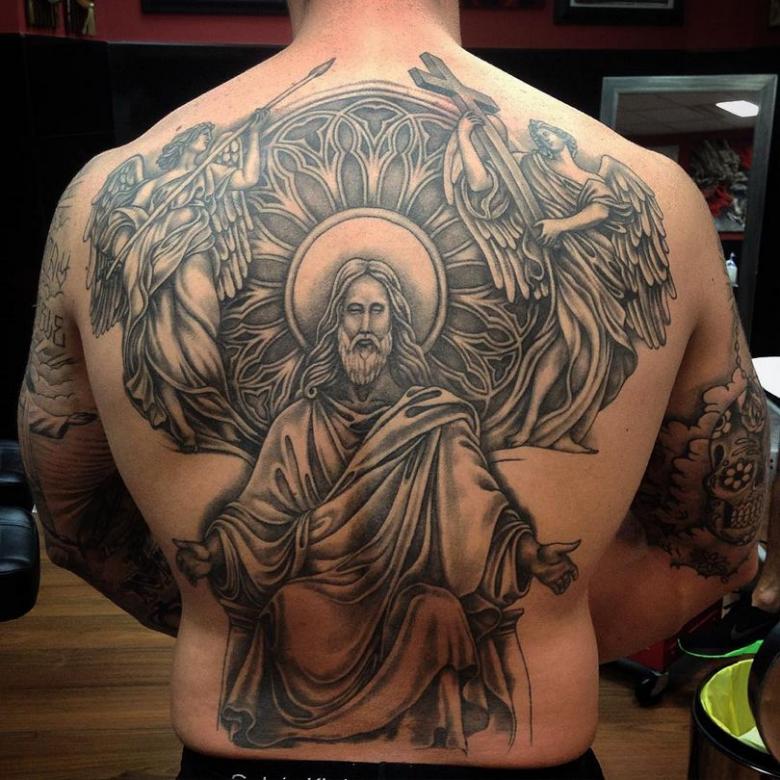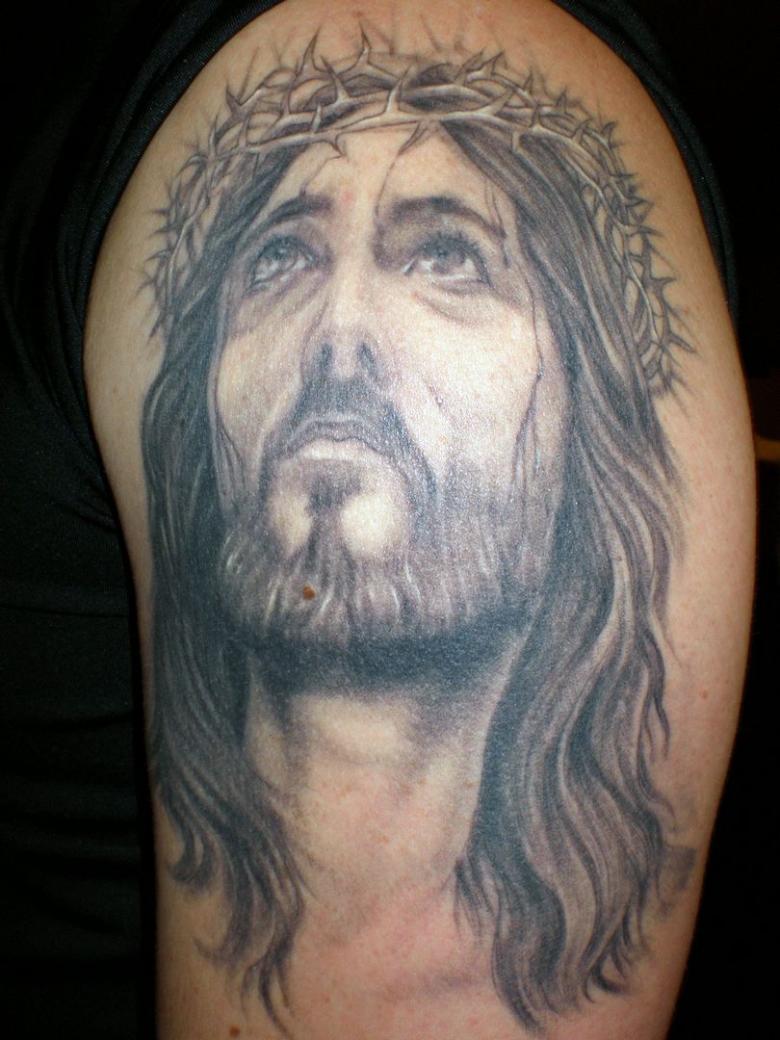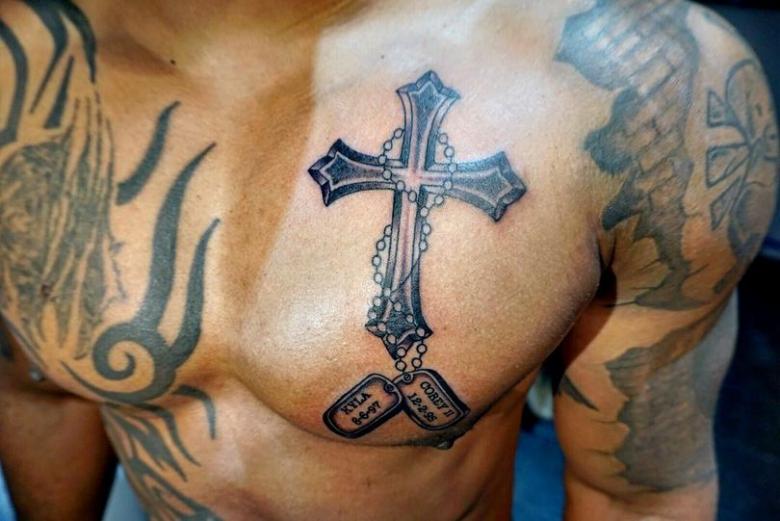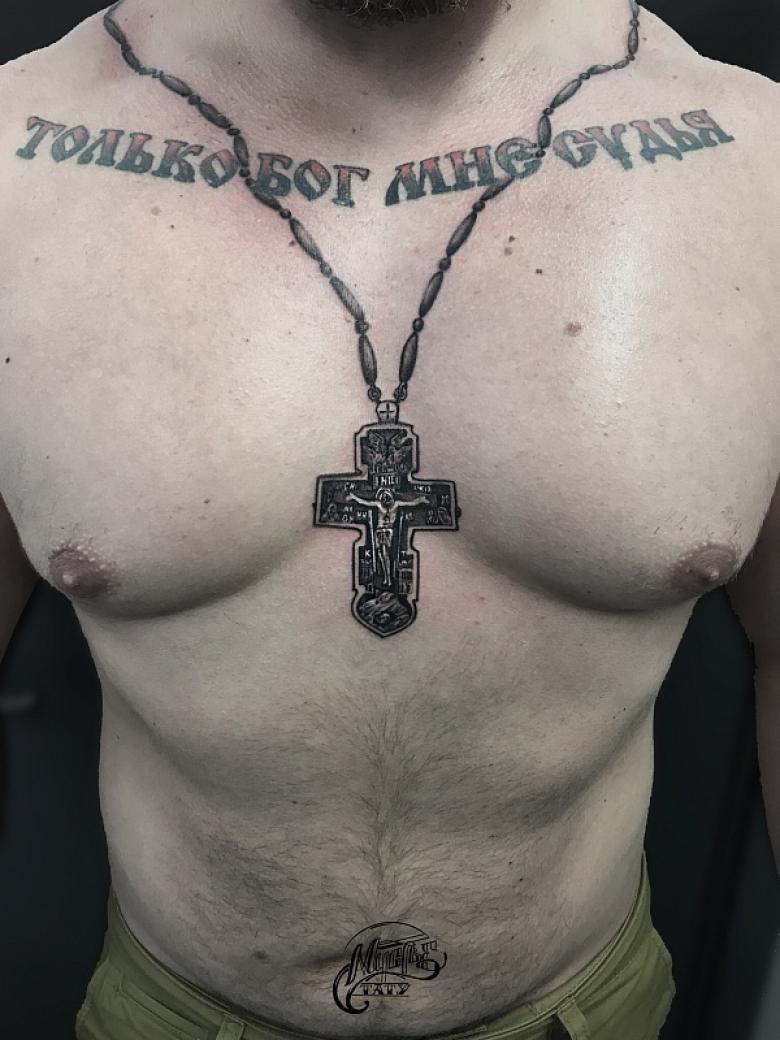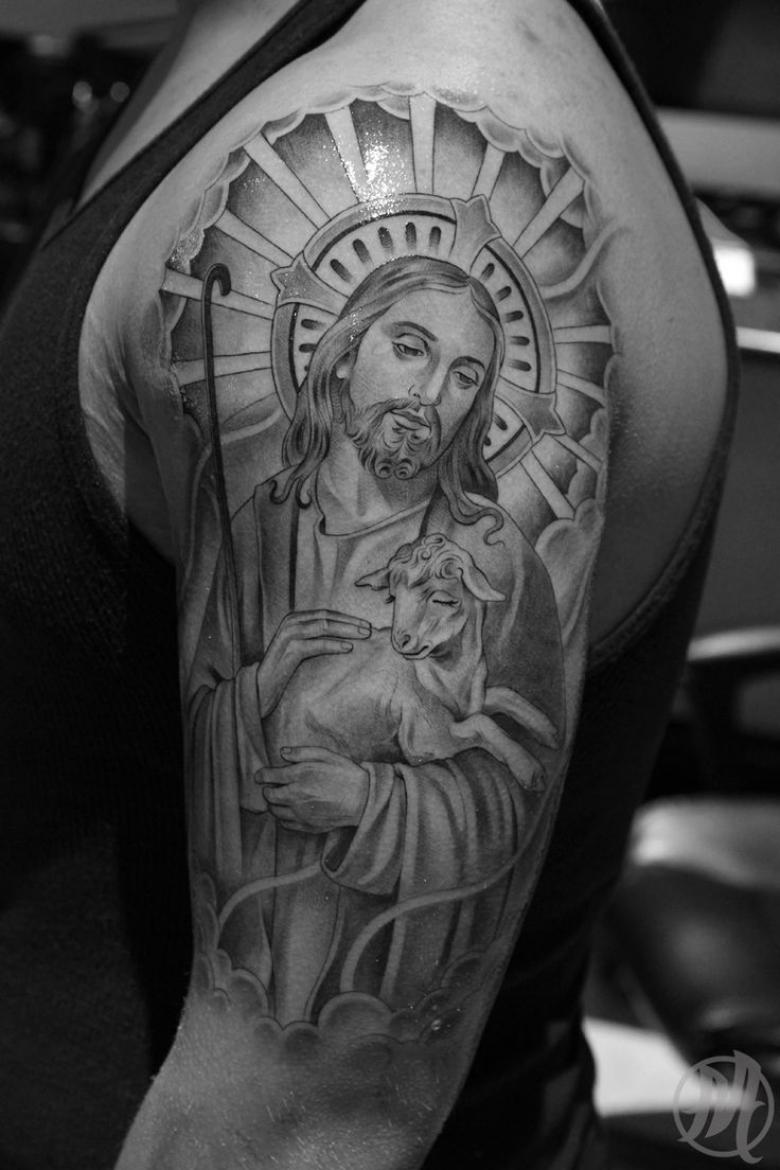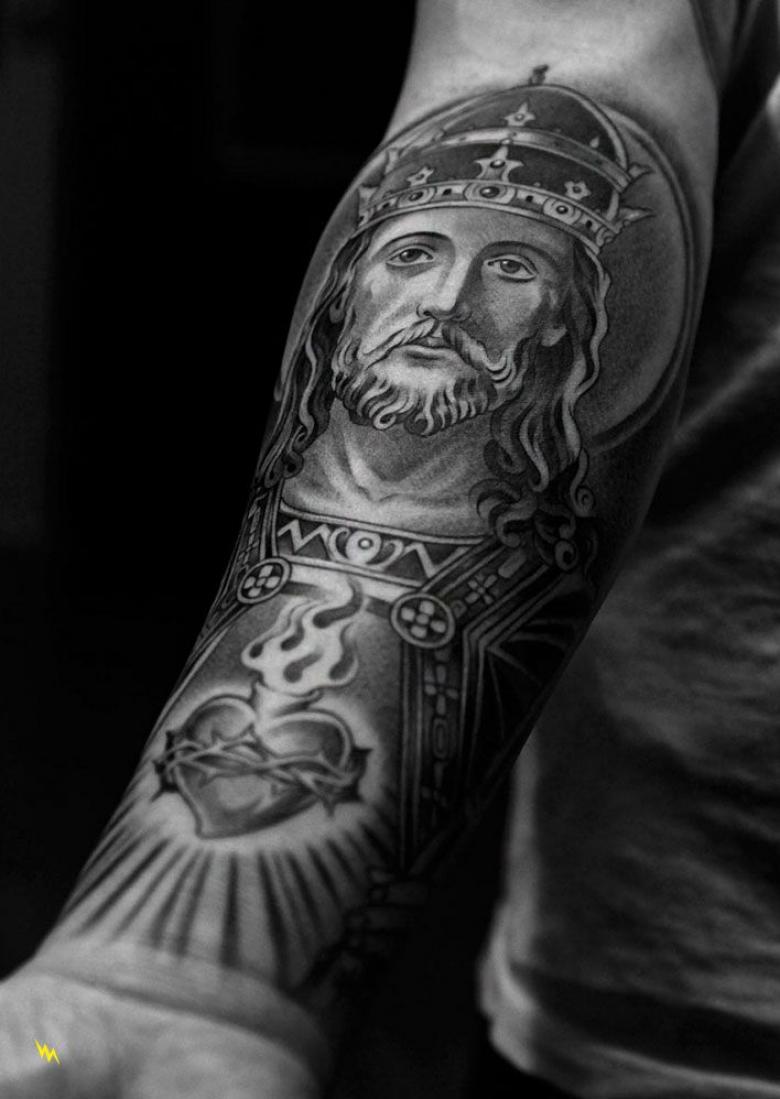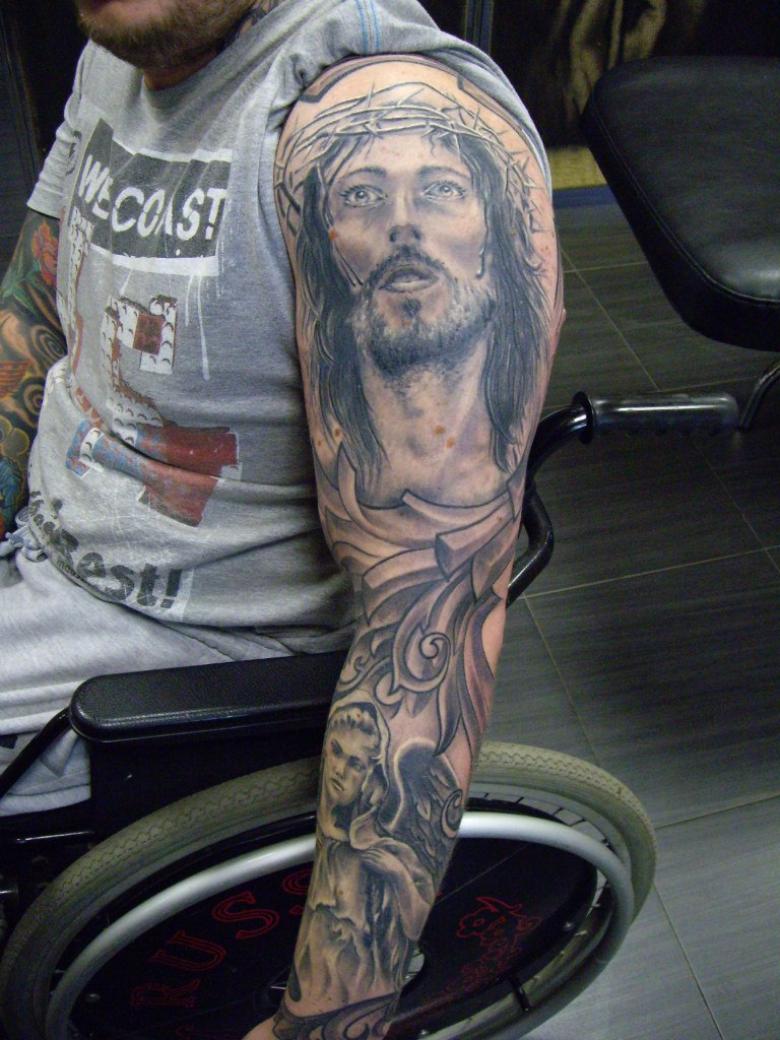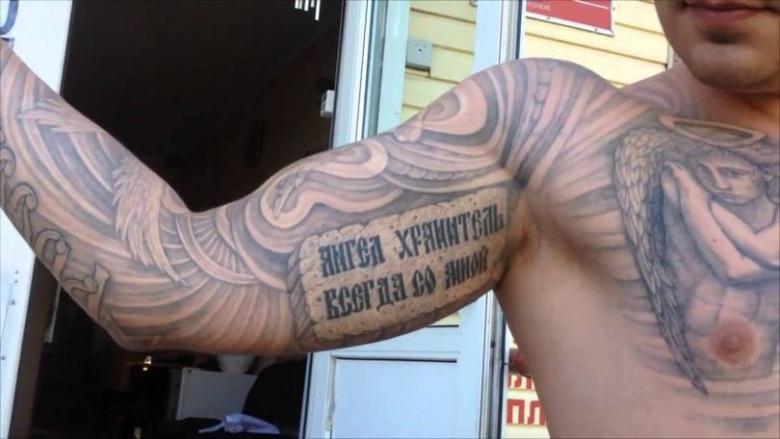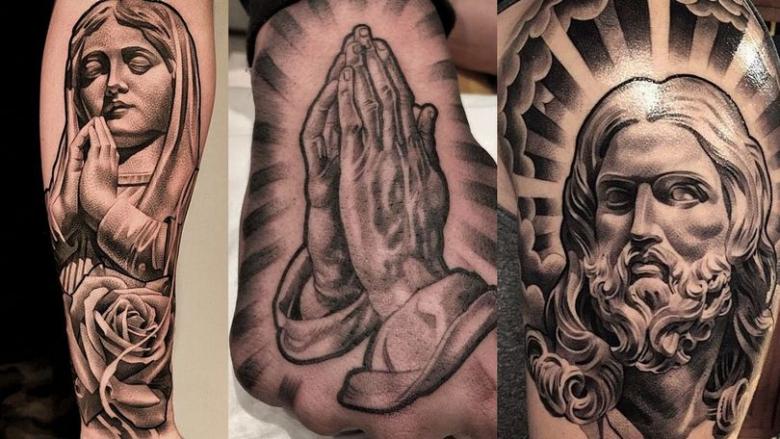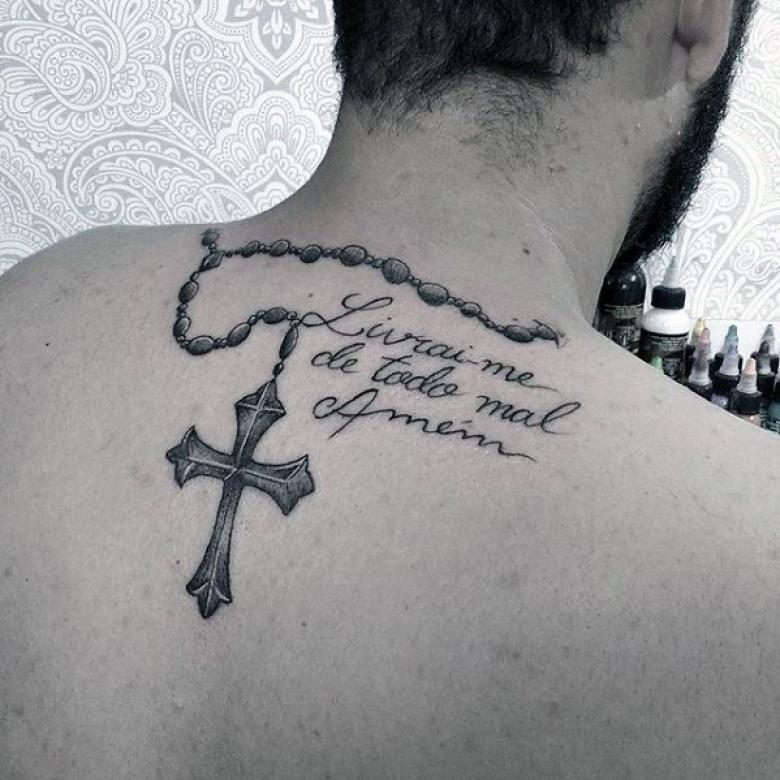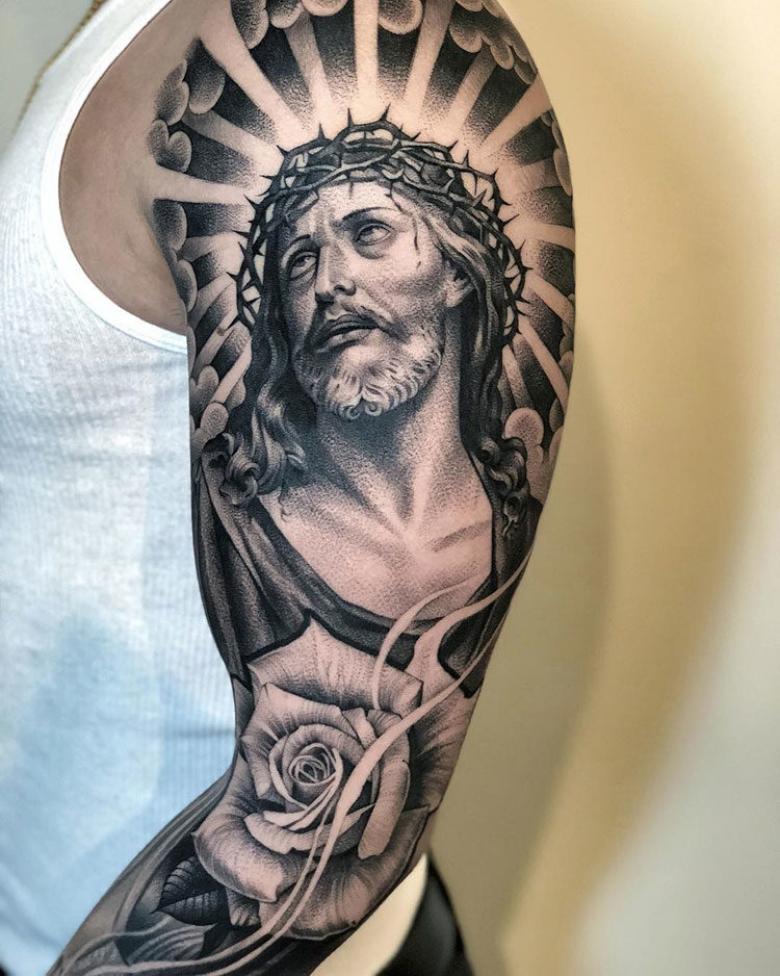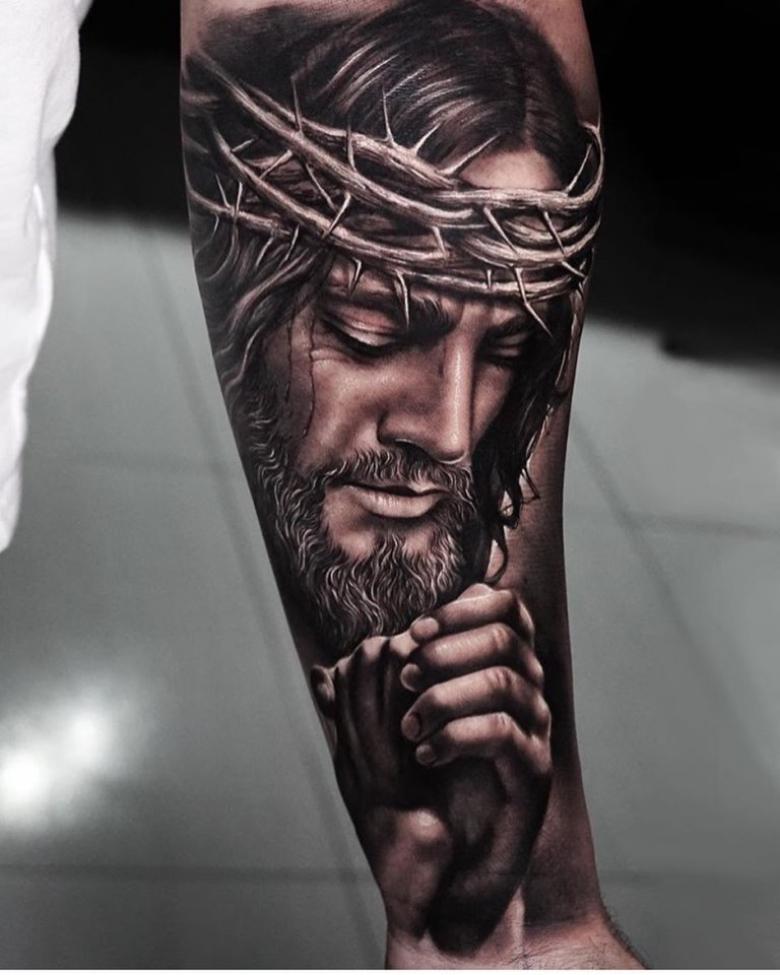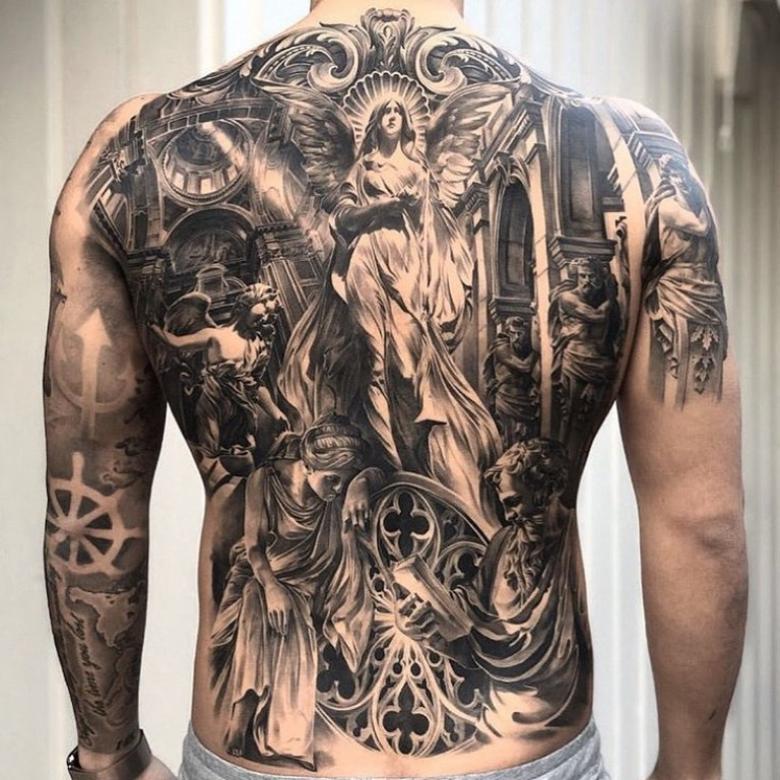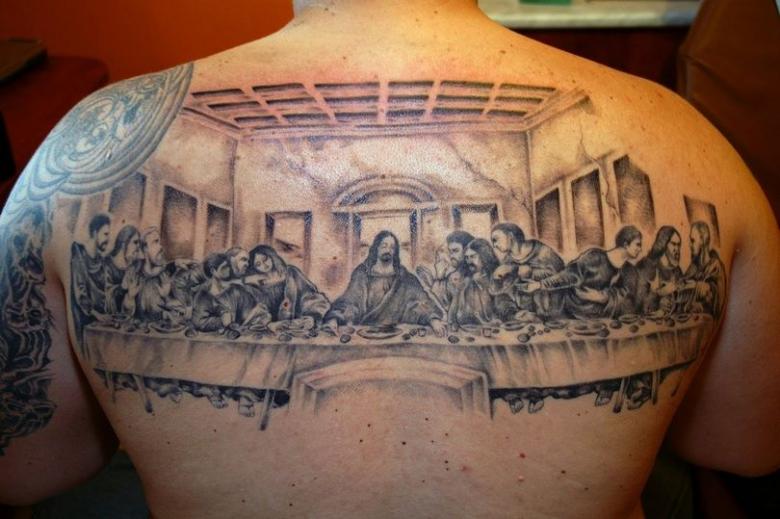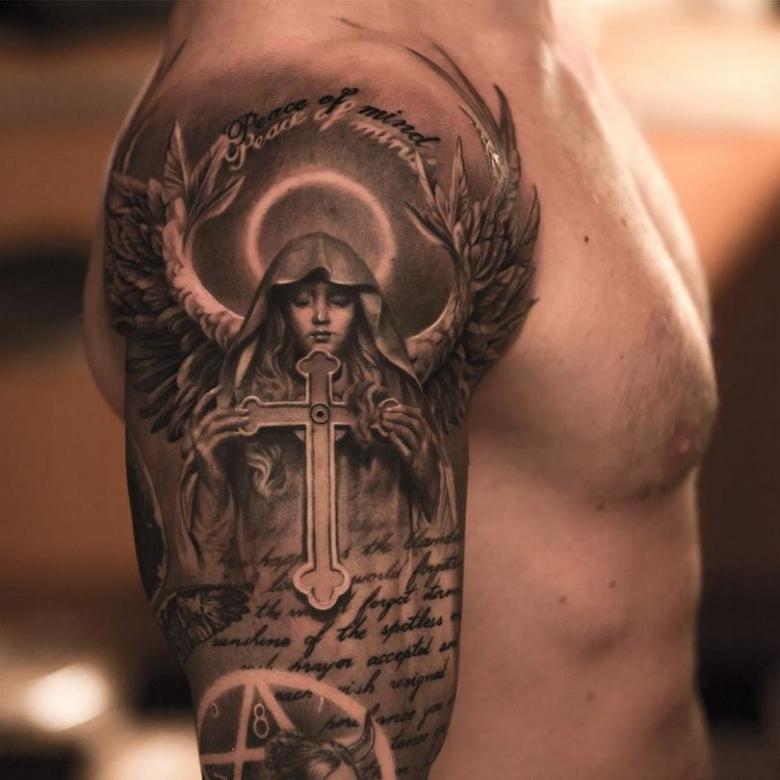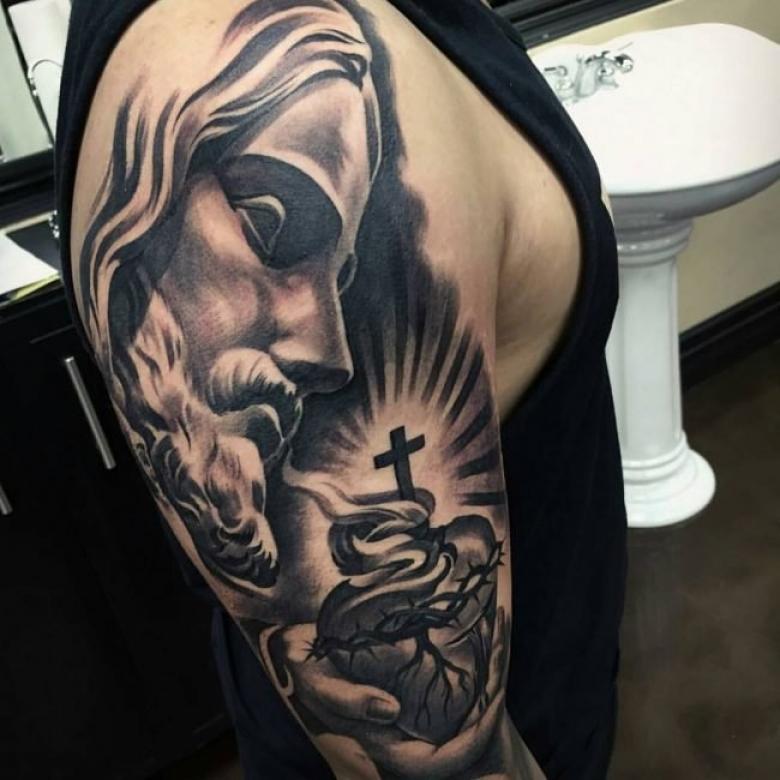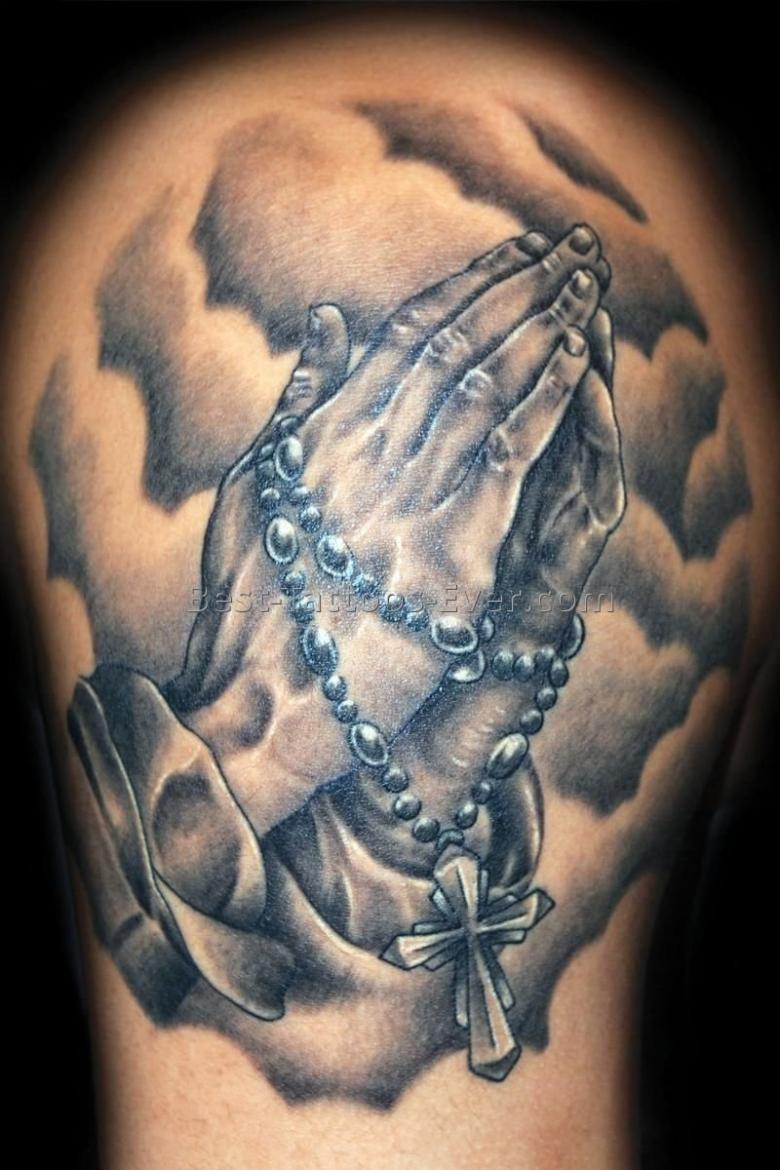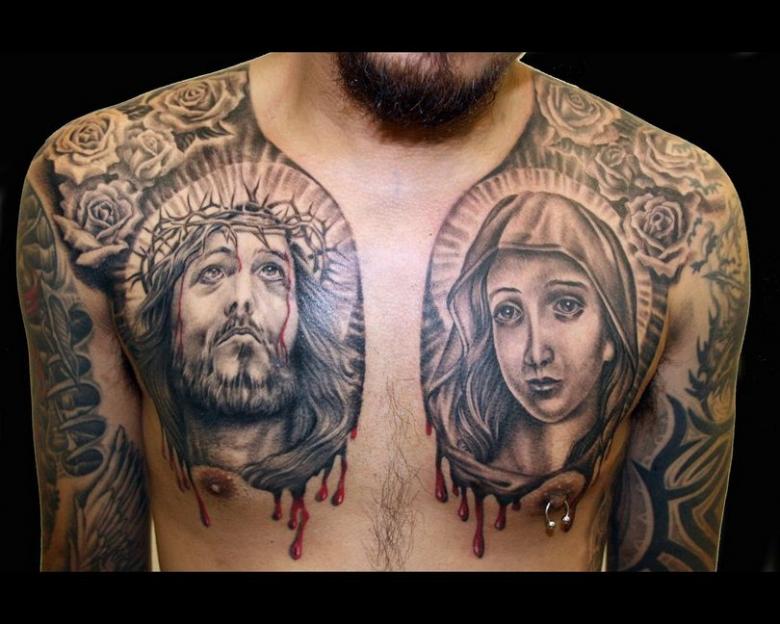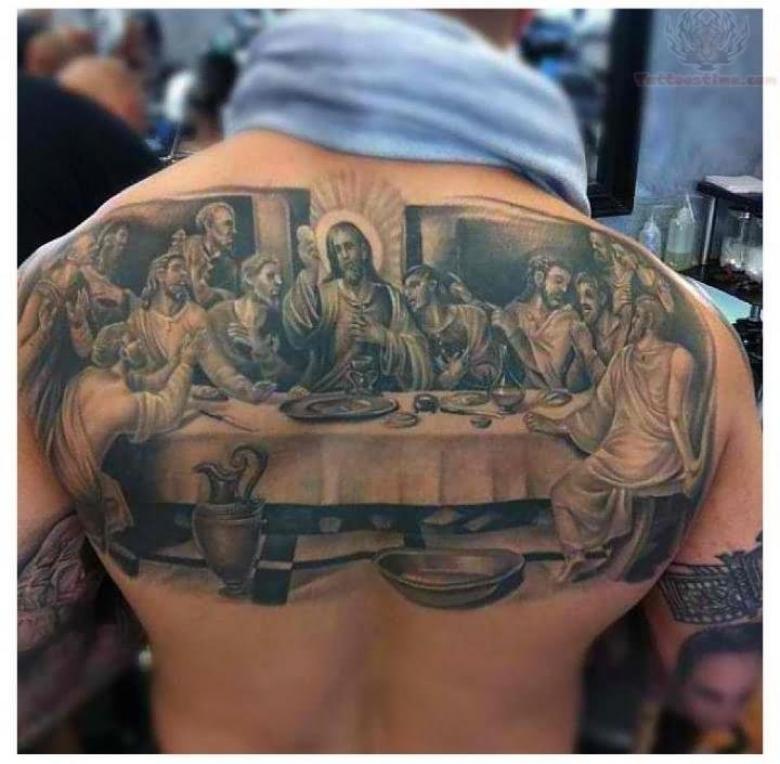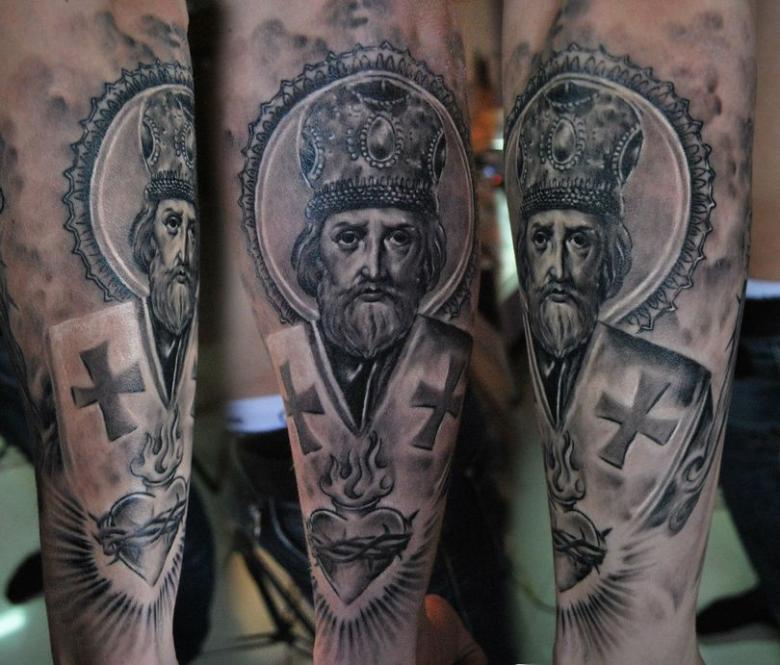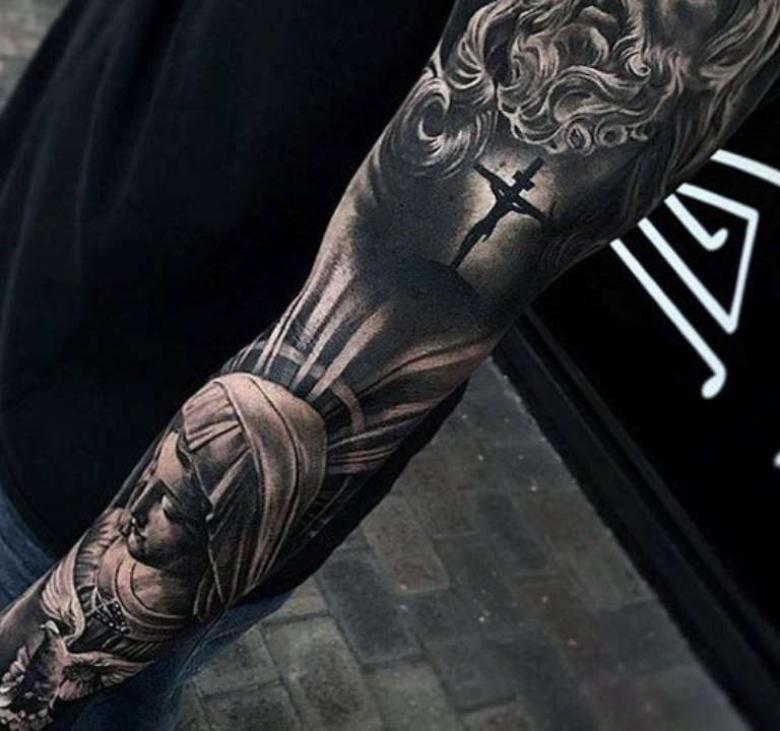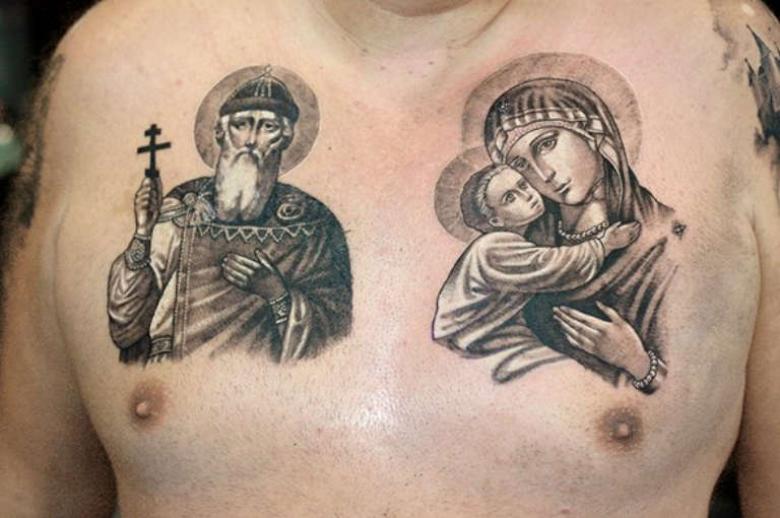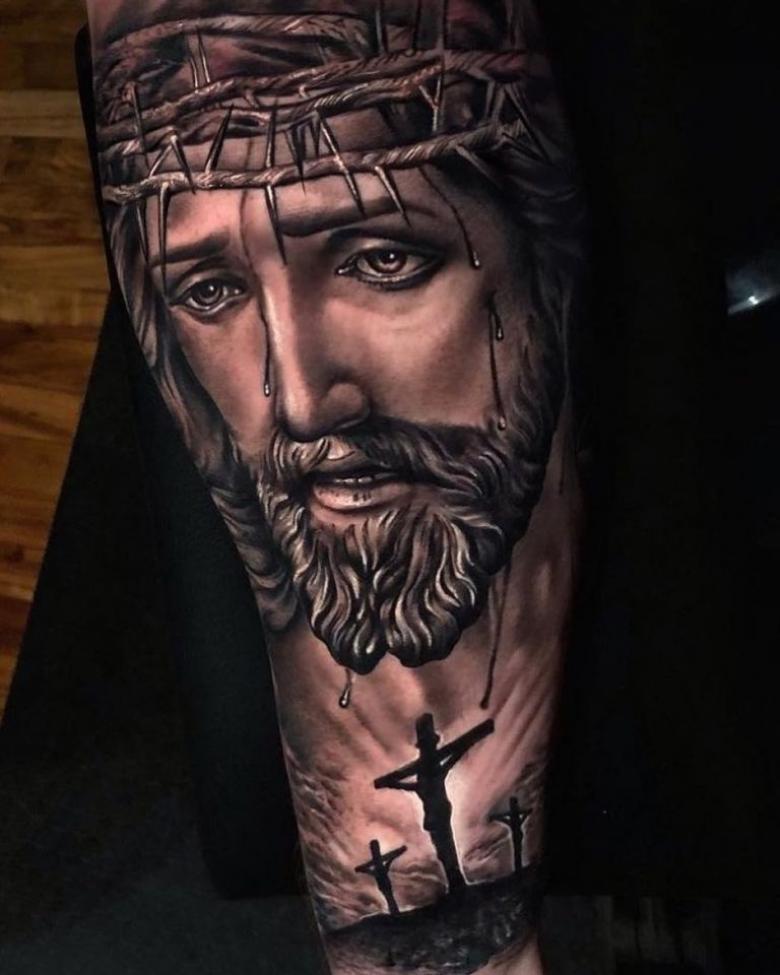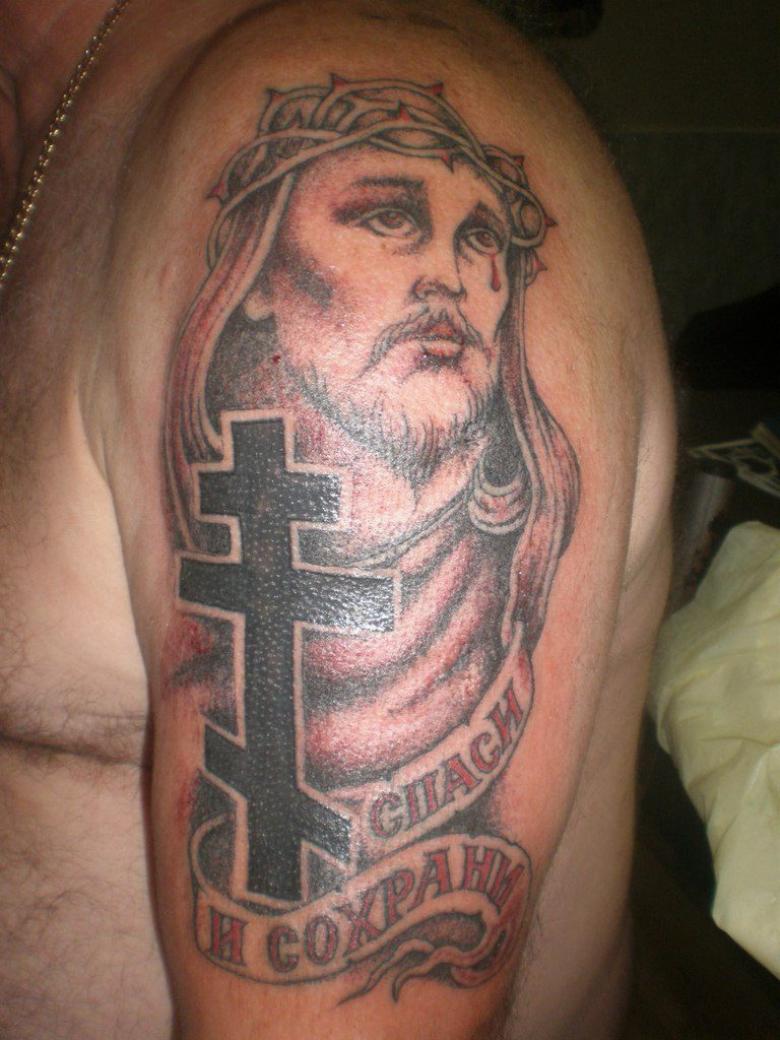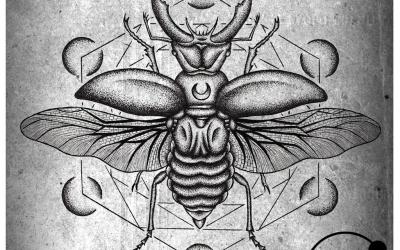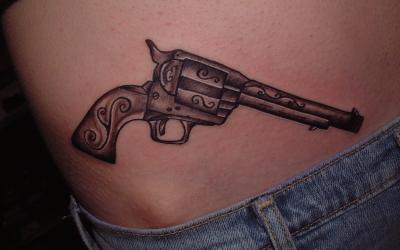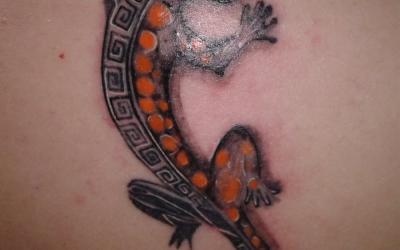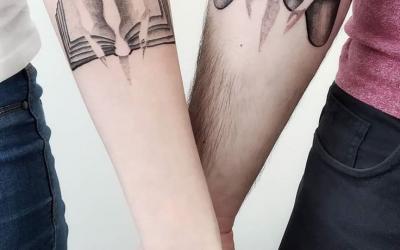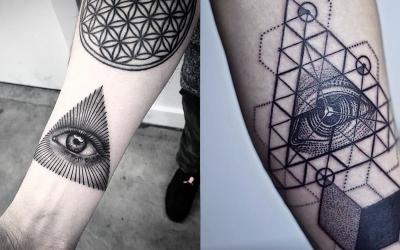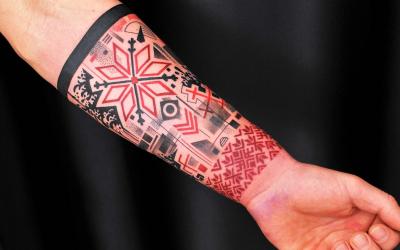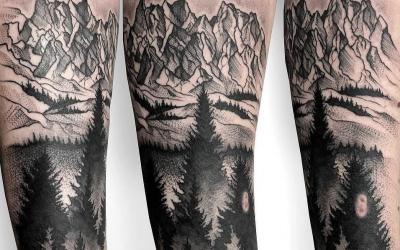Orthodox tattoos - meaning for men and women, a description of the Orthodox cross tattoo and other symbols, location, sketches and photos
When clients in the salons choose Orthodox tattoos, they need to be sure of the accuracy of their choice of sketch. With regard to such sketches, it is especially important to understand the meaning of the symbolism. The presented selection of Orthodox symbols for tattoos will help to choose a suitable drawing for men and women.
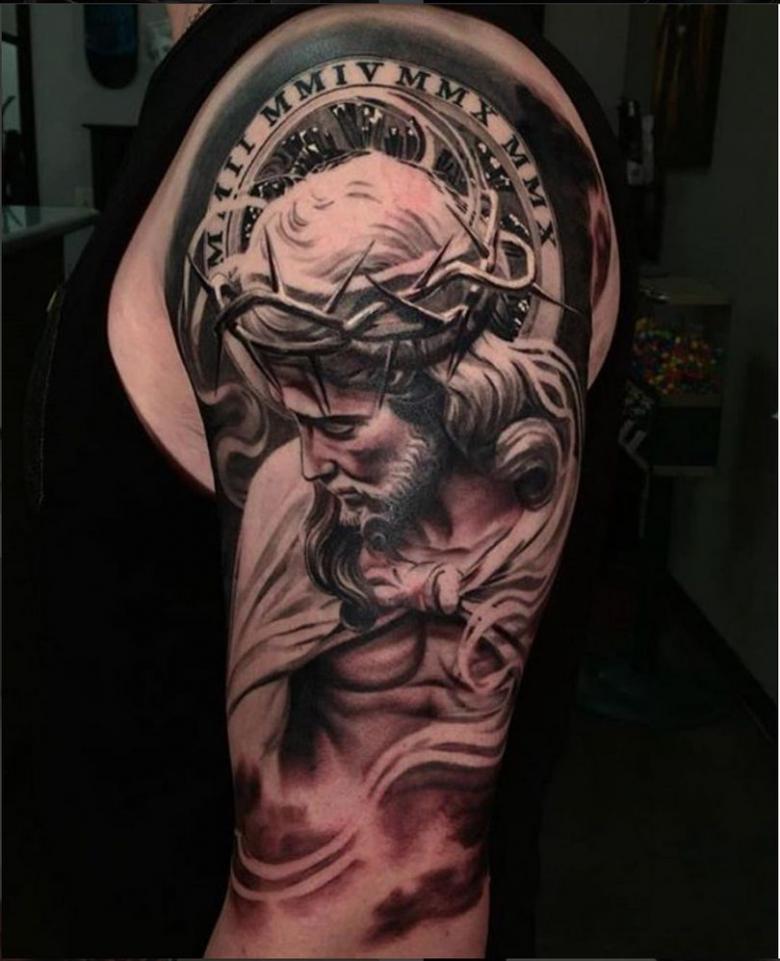
The symbol of faith as a tattoo on the body was used in different religions of the world and in antiquity, and today. In Orthodoxy there is no tradition to put a tattoo on the body with a religious symbol of faith. Believers should consider what the scriptures, the laws of God, and the recommendations of priests have to say on the subject.
The historical tradition of Christian tattoos
Also it is necessary to choose correctly the drawings with religious themes, as in Russia since the beginning of 20 centuries fashion on religious tattoos was only at representatives of criminal environment. The Old Testament contains references to the application of sacred writings on the body, and in the classical orthodox tradition there are no definite points of view on this issue. In general, the responsibility for choosing a tattoo with Orthodox symbols lies entirely on the believer.

The Orthodox Church does not approve of the symbols of faith on the body, but it does not prohibit it either. There are a number of priests who have a negative attitude toward such a tradition, and there are ministers, such as the ordained Ivan Okhlobystin, who themselves wear tattoos.
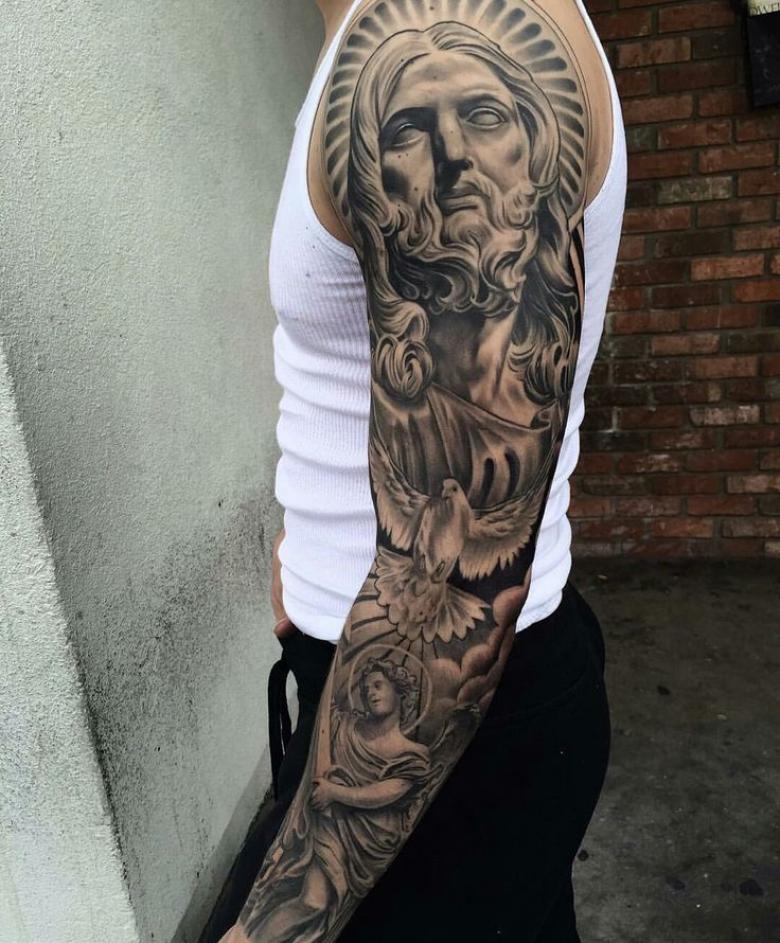
In general, tattoos depicting Orthodox symbols on one's body can be perceived by the average believer as a talisman and protection against dark forces and evil. One must keep in mind that opponents of tattoos with Orthodox symbols interpret the phrases from Leviticus rather loosely, citing them as arguments against tattooing the symbols of the Christian faith. And then, these prohibitions apply only to priests.
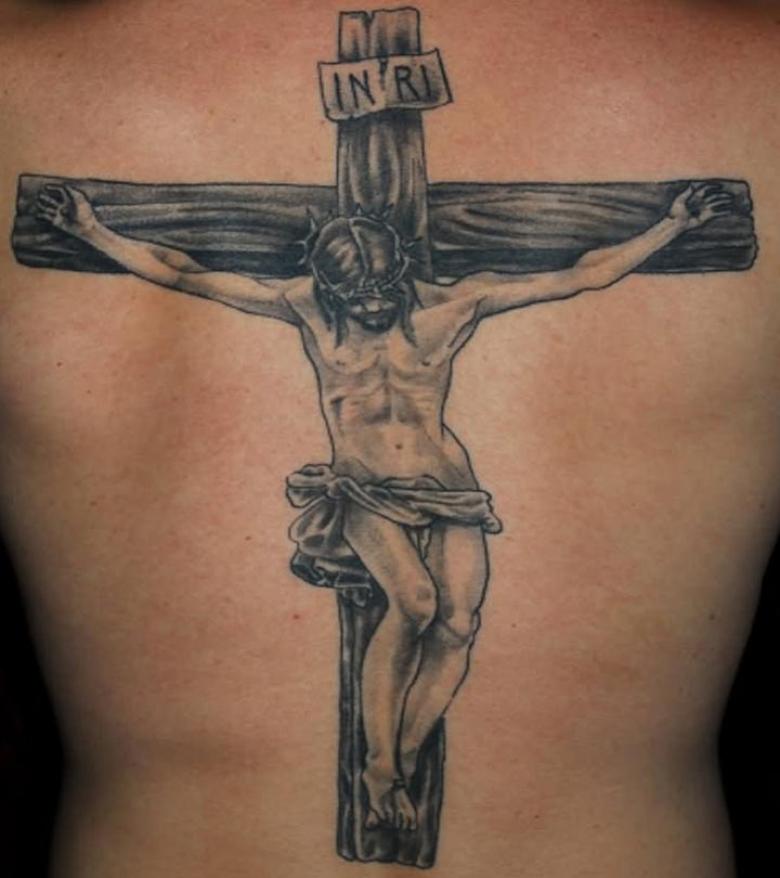
In the era of early Christianity, images with the face of Christ or his name, as well as other symbols of Christianity, were permitted. It is known that even the crusaders made tattoos on the chest in the form of a cross during the crusades. Therefore, the average believer, in deciding to have a religious design affixed to his or her body, may rely on existing historical experience.
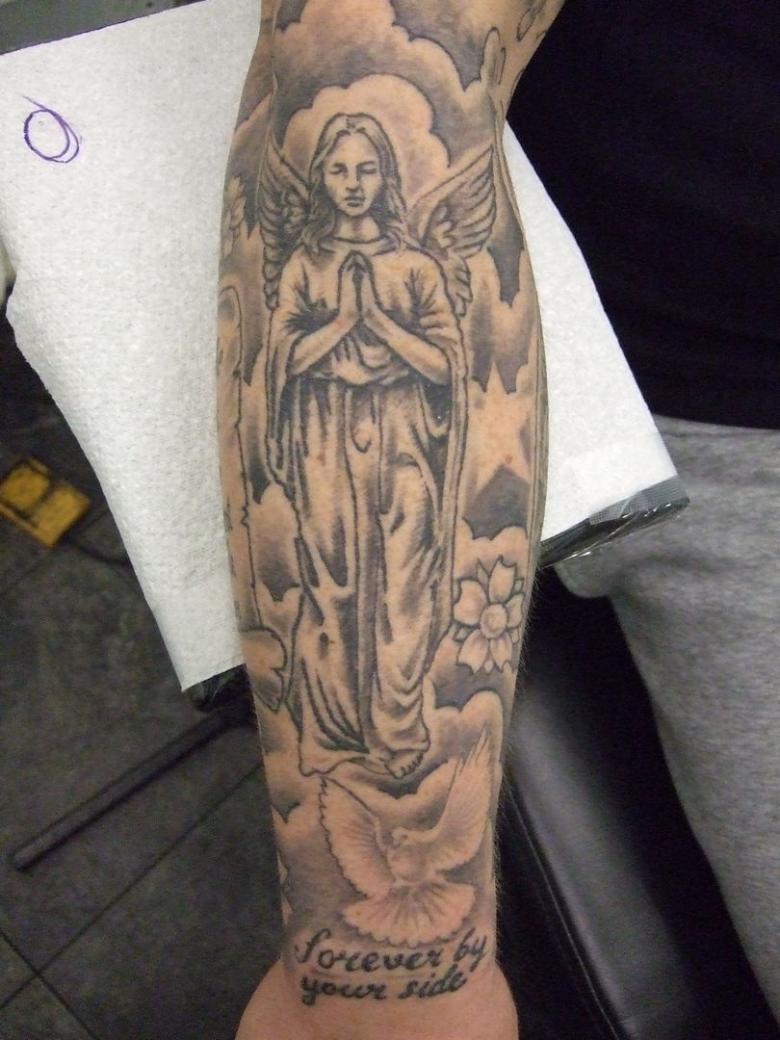
What can be chosen as a sketch for an Orthodox tattoo?
As the most popular drawings of religious themes that can be tattooed on the body today are the face of Jesus, images of saints, archangels, the cross and pentagrams.
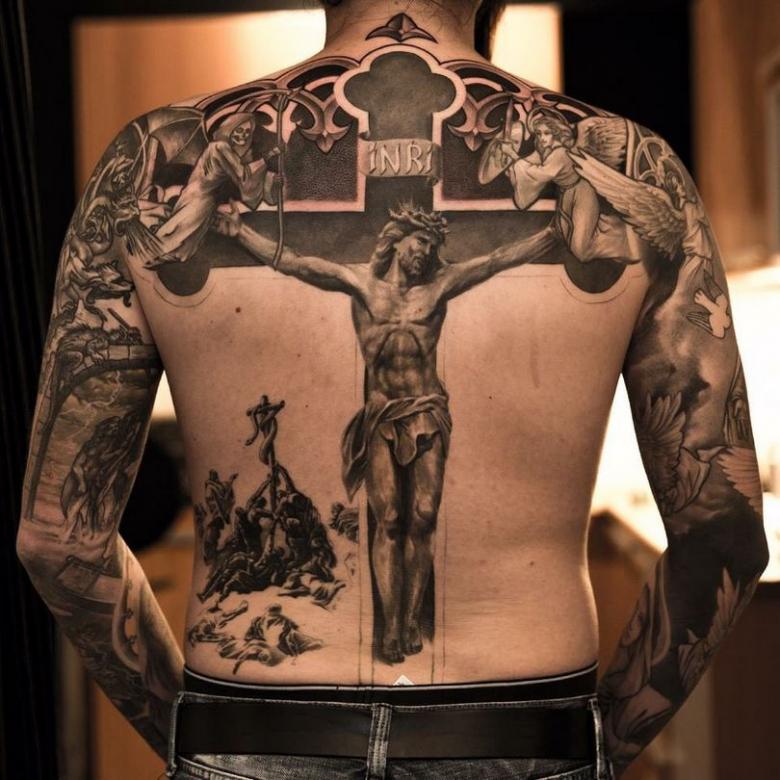
In addition to drawings, it is not uncommon to have texts from the Holy Scriptures tattooed. They are most often performed on the ribs, chest, shoulder, or forearm. Cross is very popular in tattoo parlors. It is applied on the shoulder or on the wrist.
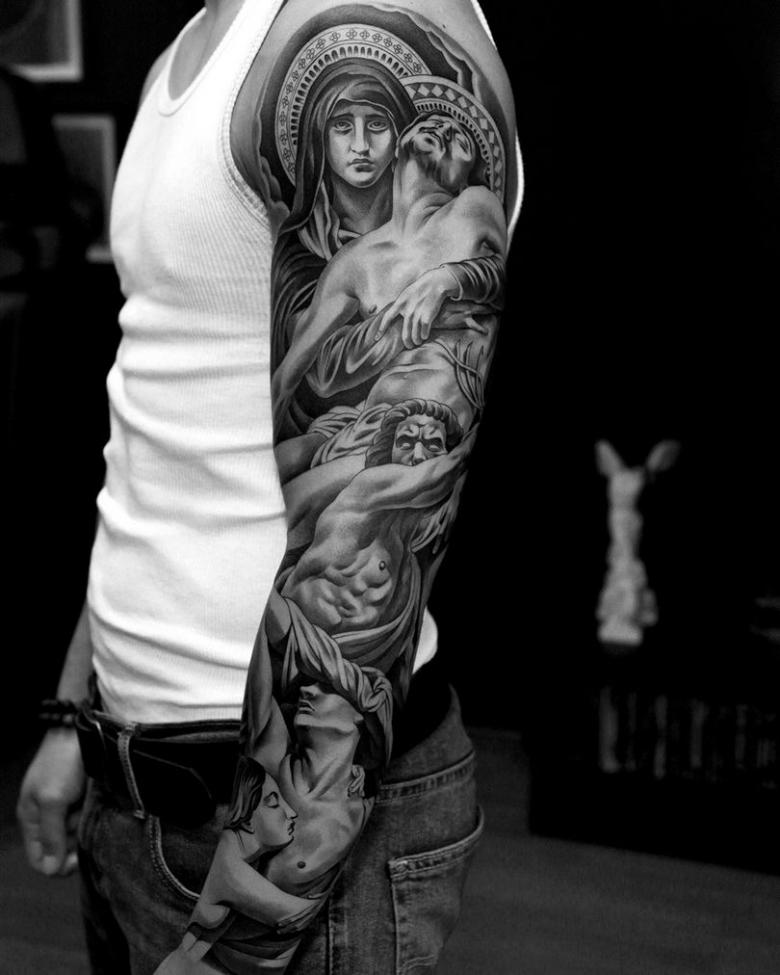
Today, the Orthodox trend in body art is quite relevant. Such Christian symbols do not just serve as body decoration, but carry deep religious meaning for their owner. They are treated as guides to the right path, amulets and protectors.
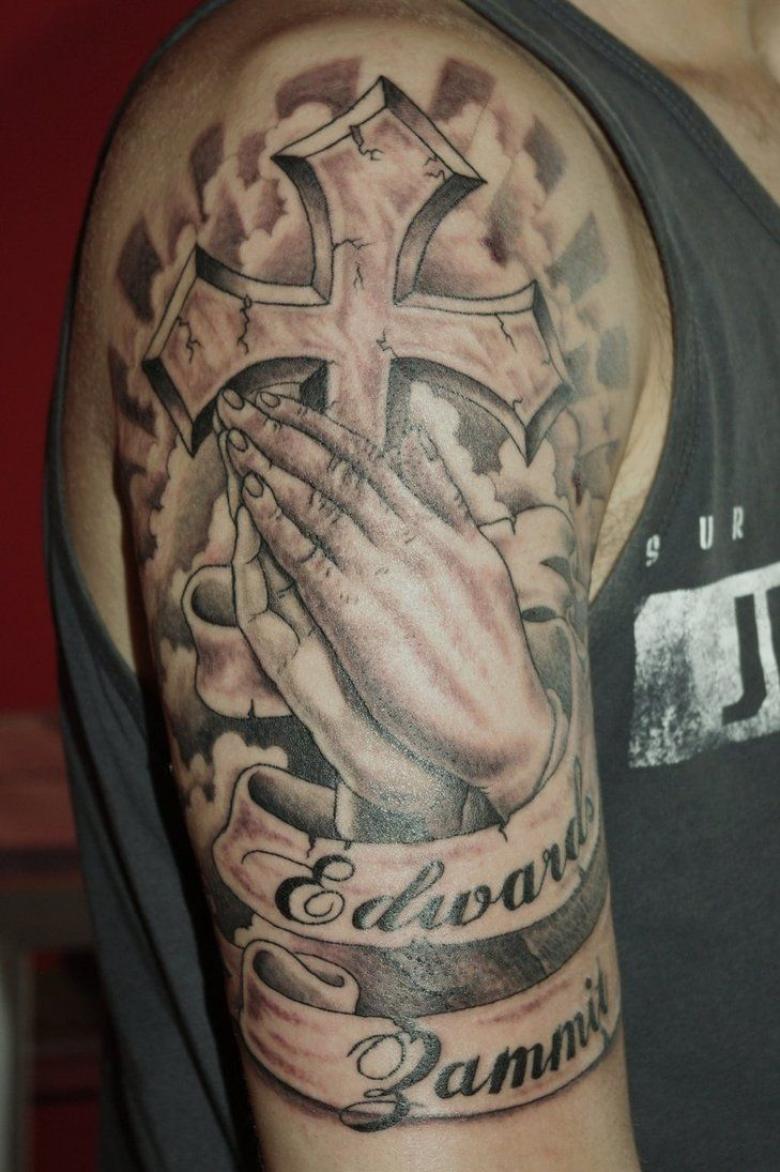
In salons today you can score various designs of the most important symbol of Christianity's faith, the cross. Traditionally, such a tattoo performed the function of a talisman for soldiers in the Middle Ages, so it was often made on the back, chest and heart area.
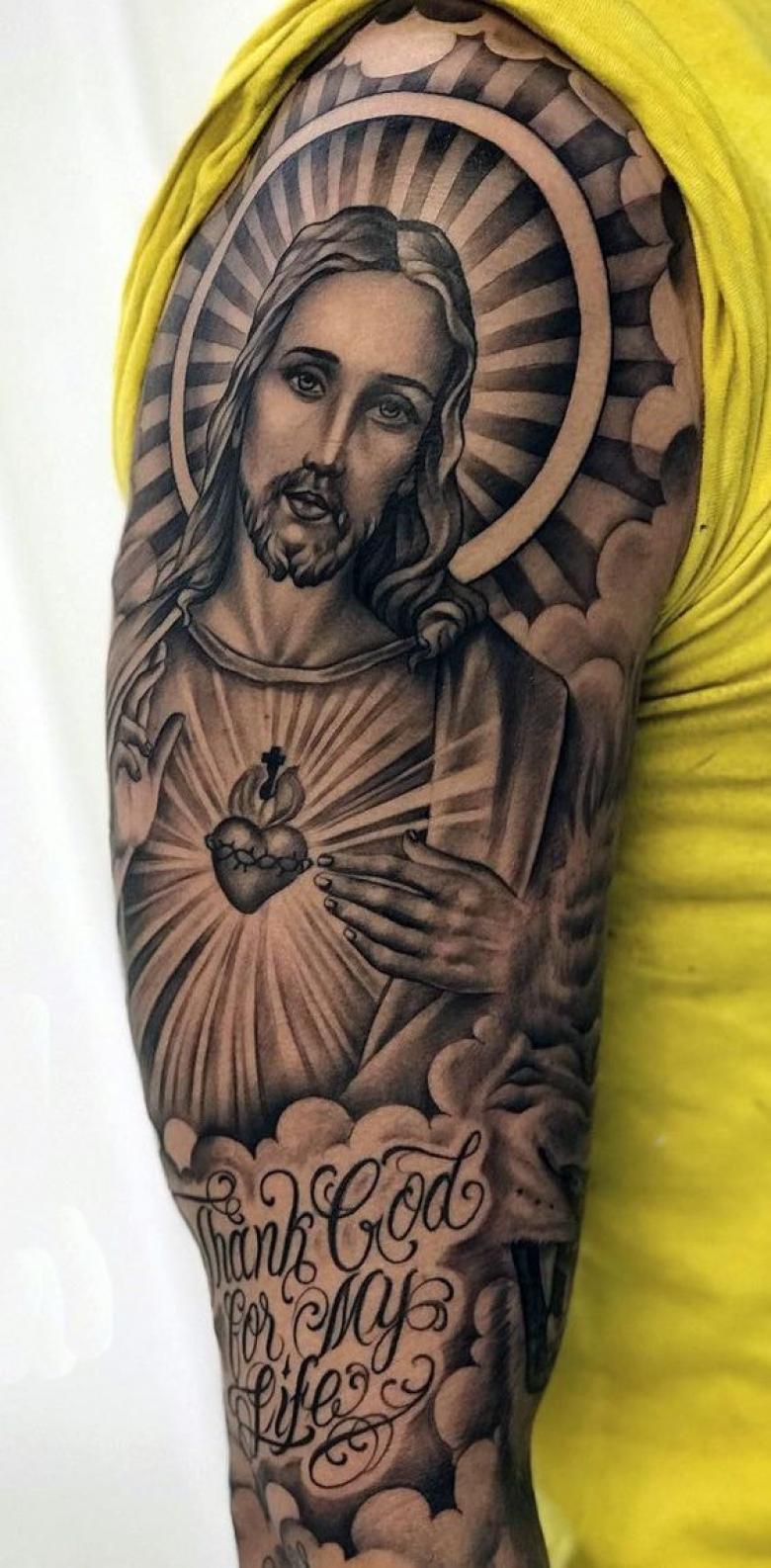
In today's catalogs you can pick up different types of Christian and Orthodox cross:
- chivalrous;
- with a rosary;
- Celtic;
- Jerusalem;
- with a stone inside, etc.

Each such image has its own deep meaning and significance, which should be considered when choosing a sketch.
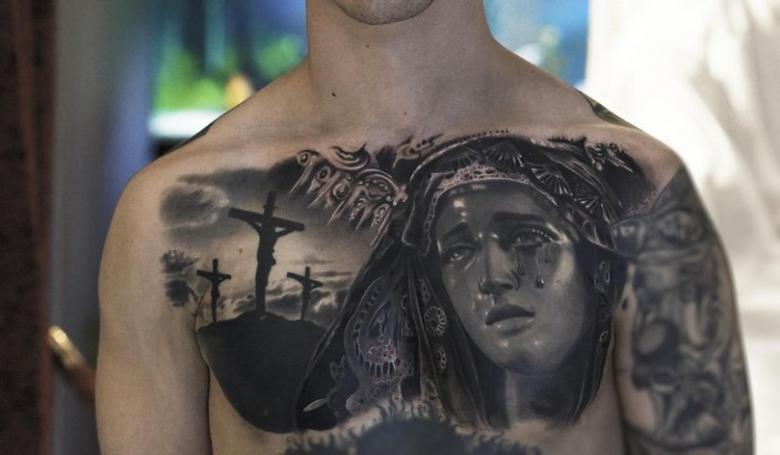
In addition to this, other religious images can also be stuffed:
- Angel;
- Archangel;
- Cherub;
- Dove;
- Rose;
- The Blessed Virgin Mary.
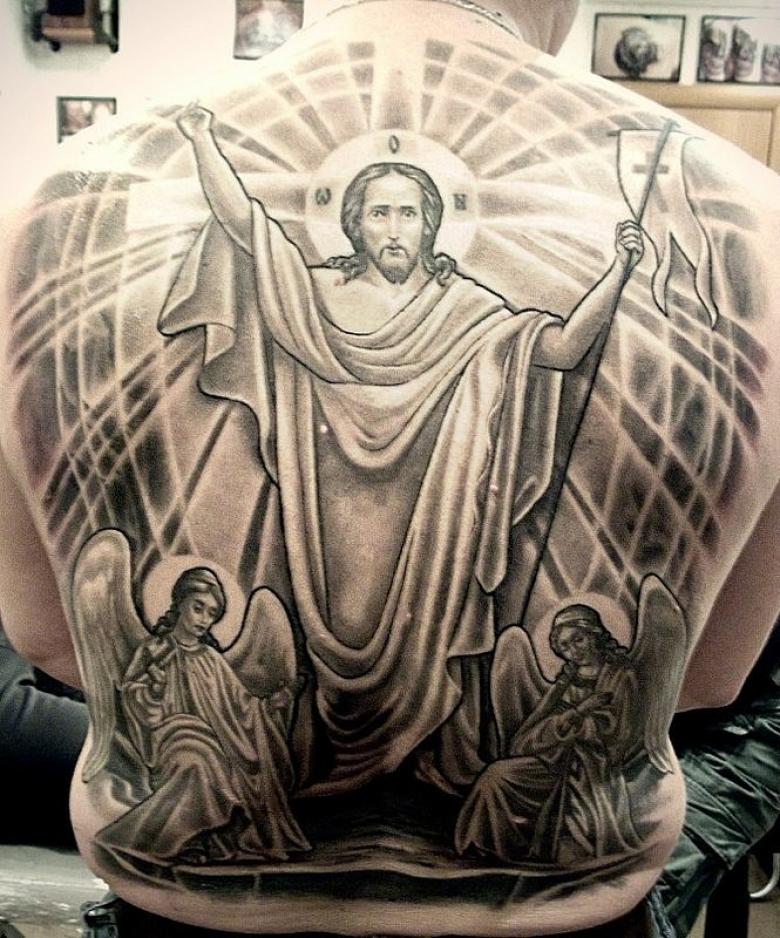
Having decided to make a religious tattoo of Orthodox subjects, it is necessary not only to pick up the meaning and significance of the picture, but also the place where such a tattoo will be applied. It should be a closed place, it is desirable that such a tattoo in men was not in public view, as the Orthodox faith requires from the believer a deep and responsible attitude towards the symbols of faith.
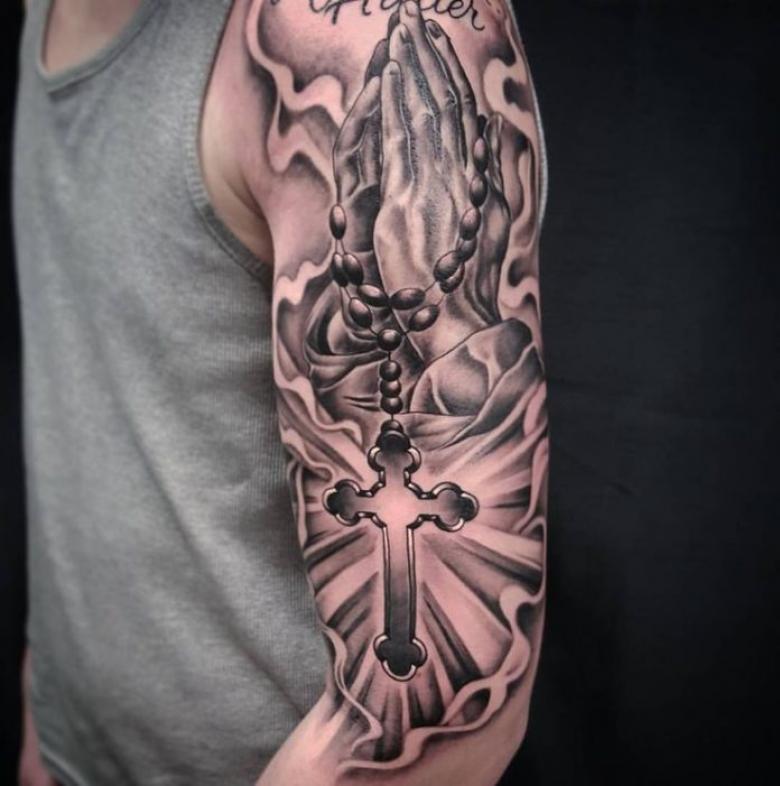
Meanings and meanings of the Orthodox tattoo
Stamped on the body cross or another symbol of the Orthodox faith can be a traditional amulet, as well as express a tribute to tradition, respect and love for God. Often, tattoos with Christian symbols are purely pragmatic.
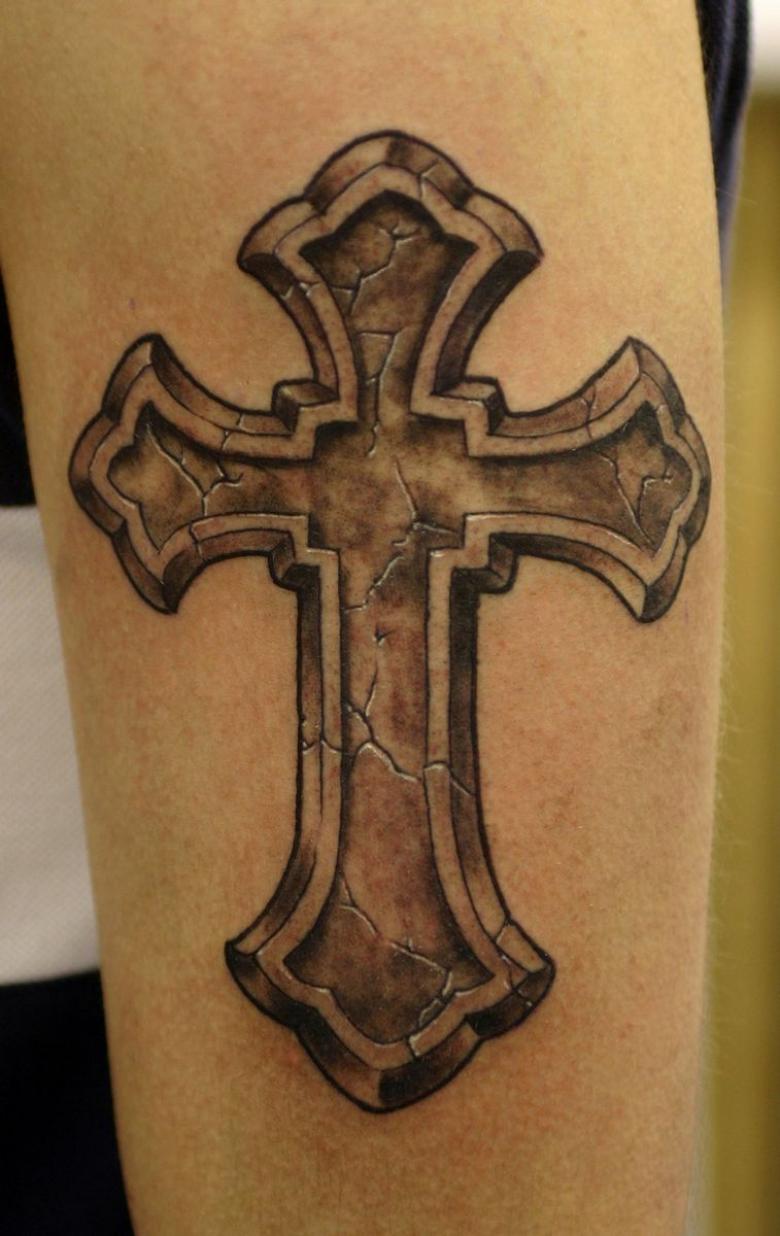
If a Christian lives among Muslims, away from the Christian cultural tradition, a tattoo of a cross on his arm will be a distinctive sign to others that will allow such a person to be buried according to Christian, not Muslim, traditions after death, if the believer passes away among strangers.
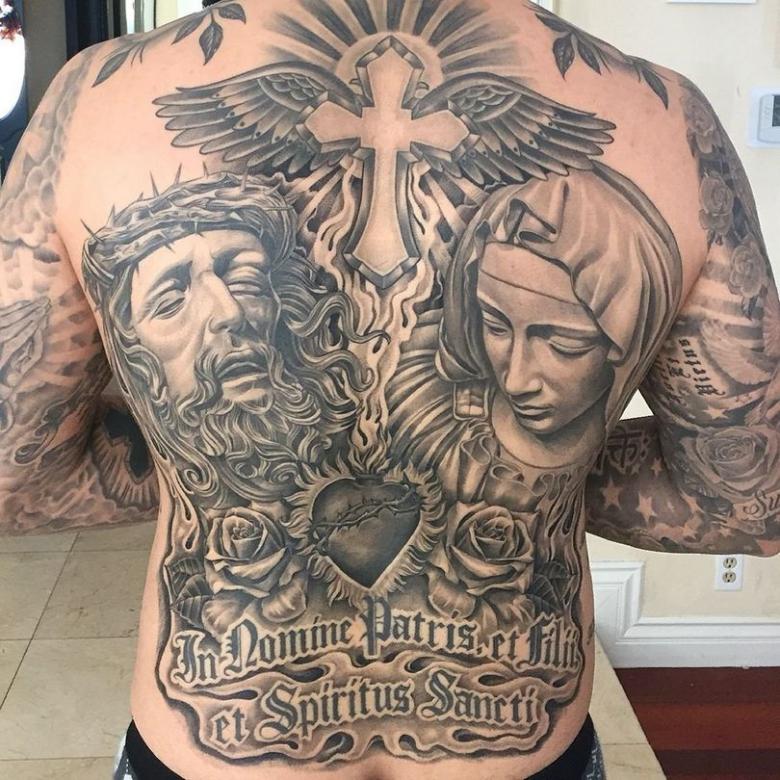
The meaning of such tattoos may vary. The only thing that is unacceptable for any symbol of the Orthodox faith is to use it as an ordinary exotic decoration or a picture that allows one to mindlessly contrast one's self with the people around him.

It is important to remember that only true believers who want to become closer to God through the purification of sins and repentance should do such tattoos. In this case, the tattoo with Orthodox symbols serves for a man a kind of precept, a symbol of renunciation of former sinful thoughts. Often men put on his hand the words of the prayer "save and preserve," which protects them from danger, evil and misfortune in a difficult moment.
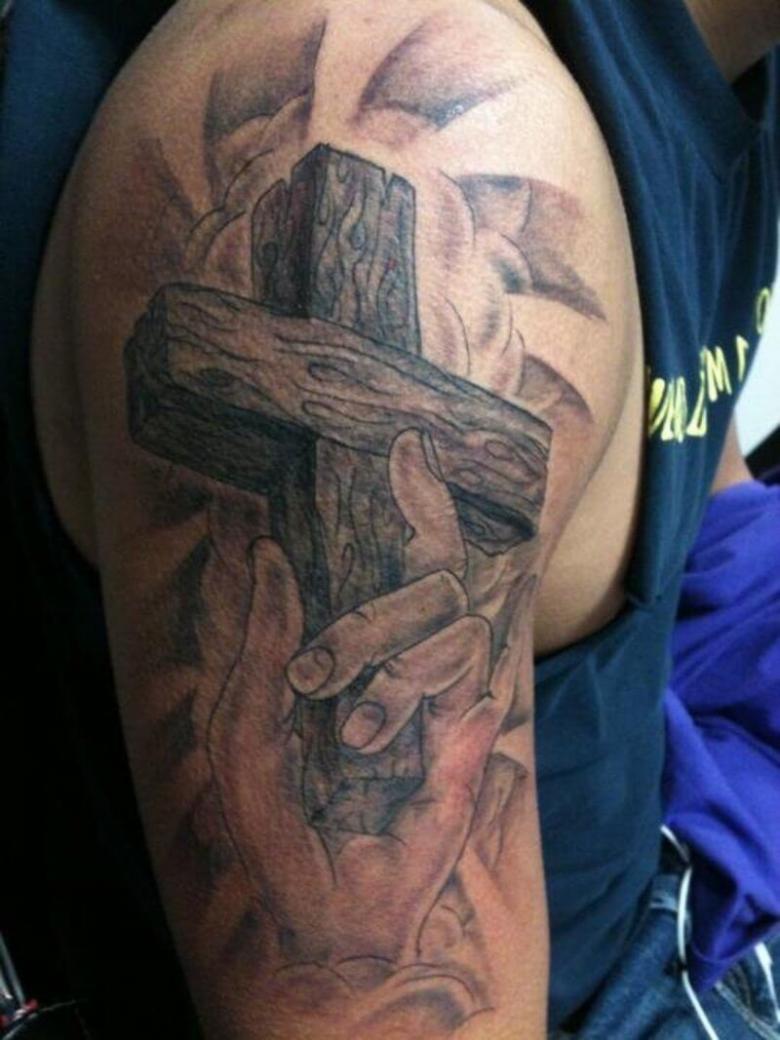
In any case, masters recommend doing Orthodox tattoos only to those clients who really believe in God and will not flaunt in public with Orthodox tattoos. The Church most often rebukes for this very thing those who wear publicly the drawings that have an enduring religious significance for believers.

It should always be remembered that an Orthodox tattoo should always be an expression that its owner truly believes in God. If so, such a person always chooses a rather intimate place for a tattoo of religious content.
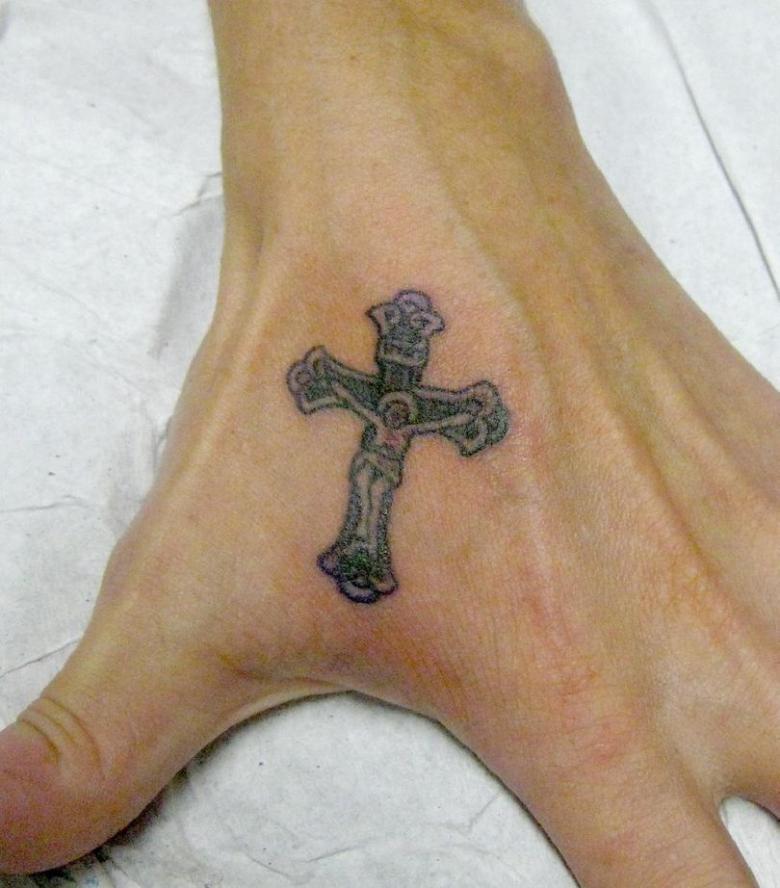
He will never make of a Christian drawing unthinkingly in a prominent place. The believer will carefully choose such a sketch, seeking as accurately as possible with the help of the image on the body to express his love for God or other religious feelings that he sincerely experiences or the actions that he is ready to perform in the name of the Orthodox faith.

